OpenAI ChatGPT-5 launch live updates — all the latest news and biggest upgrades
Everything you need to know about the new GPT-5 models

It’s official: GPT-5 is here. OpenAI just launched its most powerful model to date, and the update brings sweeping improvements across ChatGPT, the API, and developer tools — all designed to make the experience smarter, safer, and more personal.
Rather than switching between models, GPT-5 introduces a unified system that automatically gives you the best version of ChatGPT, no matter your prompt. It’s faster, more accurate, and significantly better at real-world tasks like writing, coding, and even health-related queries.
One standout addition is safe completions, a new behavior where ChatGPT aims to give the most helpful response possible within clear safety boundaries — and explains why if it can’t assist. It’s a big step toward more transparent and trustworthy AI.
On top of that, OpenAI is making ChatGPT feel more like your assistant with personalization upgrades and account integrations.
Here’s what’s new in ChatGPT with GPT-5:
- Smarter reasoning with fewer hallucinations
- Safe completions for clearer, more helpful replies
- Stronger coding and frontend design skills
- Improved writing tools for real workflows
- Best-ever model for health-related guidance
- Chat color customization (exclusive options for paid users)
- Pre-set personalities like Cynic, Robot, Listener & Nerd
- Gmail, Google Calendar, and Contacts integration (Pro first)
- Voice improvements with adaptive tone and expanded access
- Unified Voice Mode coming to all users soon
- Developers also get major upgrades, including free-form function calling, verbosity control, and a 256K token context window.
- GPT-5 is rolling out now to all tiers, including Free, Plus, Pro, and Team users — with usage limits depending on your plan.
However, there have been no shortage of leaks from GitHub and others discussing ChatGPT-5. A recently deleted blog post from GitHub appears to have spilled the beans, citing "enhanced agentic capabilities” and the ability to handle “complex coding tasks with minimal prompting.”
The blog post even mentioned four variants of GPT-5, which we have to assume we'll hear more about during the live stream.If this is GPT-5, early testers and insiders say it could be a major leap forward — with faster responses, fewer hallucinations, and even the ability to build apps or software from scratch.
We updated this page throughout the day with everything you need to know, including official announcements from OpenAI, and overviews of the new features and live demos, first impressions from users and developers and expert analysis on what this model means for the future of AI.
Whether you’re a casual ChatGPT user or a hardcore AI enthusiast, stay tuned — this could be one of the most important AI updates of the year.
ChatGPT-5 — live updates
No available yet.

It hasn’t launched yet. We don’t have official specs. But online, GPT-5 is already being treated like a technological revolution. Rumors about OpenAI’s next model have been building for months, and Altman showed us just how capable the new model is in a recent X post. Now, with the launch expected any day, excitement is reaching a boiling point.
So what is GPT-5, really? And why is everyone so obsessed?
Here’s what we think we know, based on leaks, user speculation, and OpenAI’s past patterns:
- It could be faster, more accurate, and hallucinate less
- Some insiders say it can create fully working apps with a single prompt
- Others suggest it has more “agent-like” behavior, meaning it thinks more before it speaks
- Early testers say it just “feels more human” — whatever that means
Of course, none of this is confirmed, yet. But if OpenAI delivers even half of what people expect, GPT-5 could mark a turning point in how we interact with AI.
Excitement from OpenAI
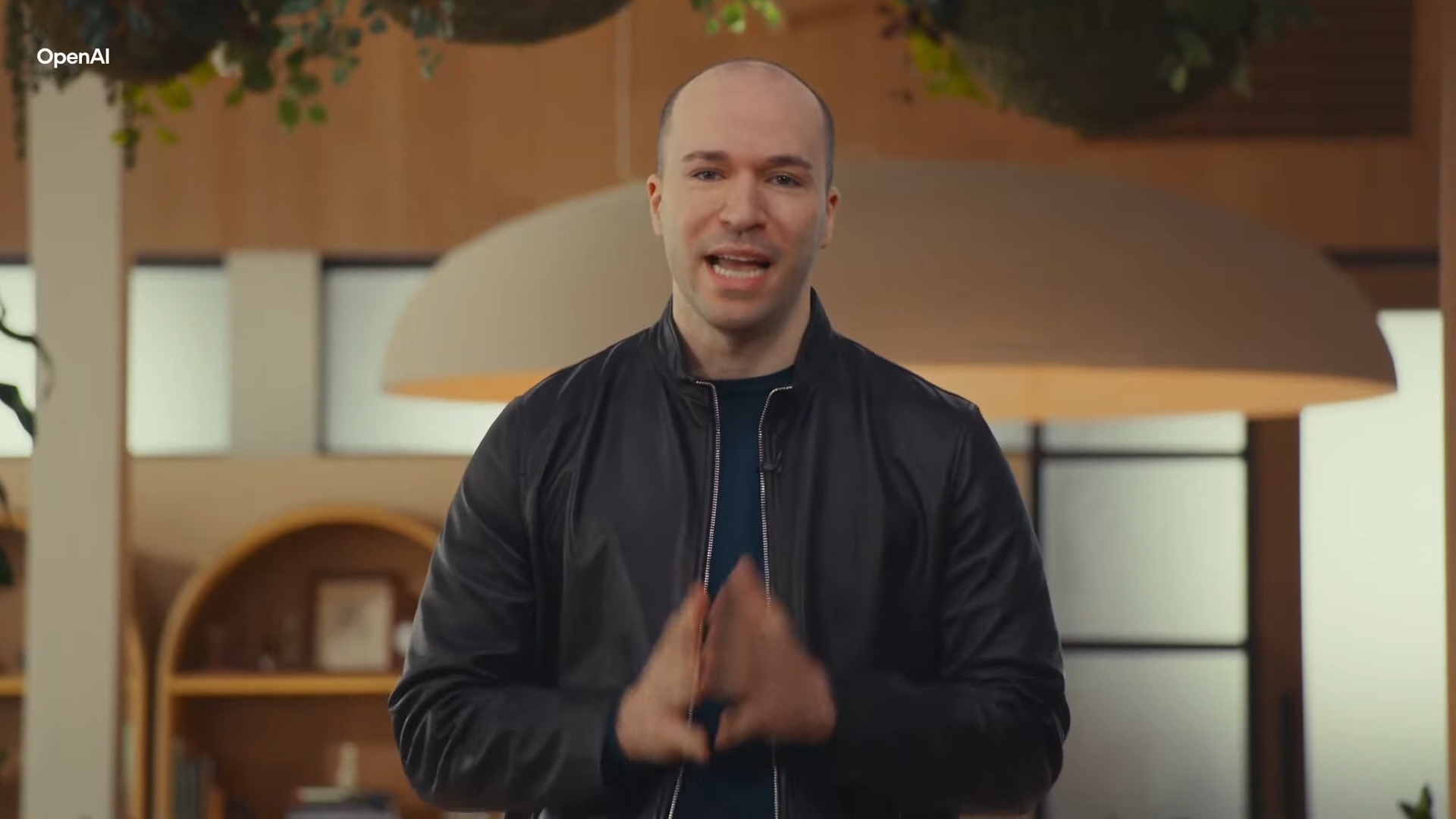
OpenAI has released a lot of updates in the past couple of months. They've announced multiple open-source models, ChatGPT Agent, learning tools and so much more.
And yet, all of these announcements have come with absolutely no build up. This live stream, however, is being hyped up from across every corner of OpenAI.
Greg Brockman, President and Co-Founder of OpenAI took to X posting "Team has been working super hard, excited for tomorrow".
Sam Altman has shared the same level of excitement for this particular update.
If it isn't GPT-5, it will have to be something equally as big!
GitHub leaks GPT-5 features
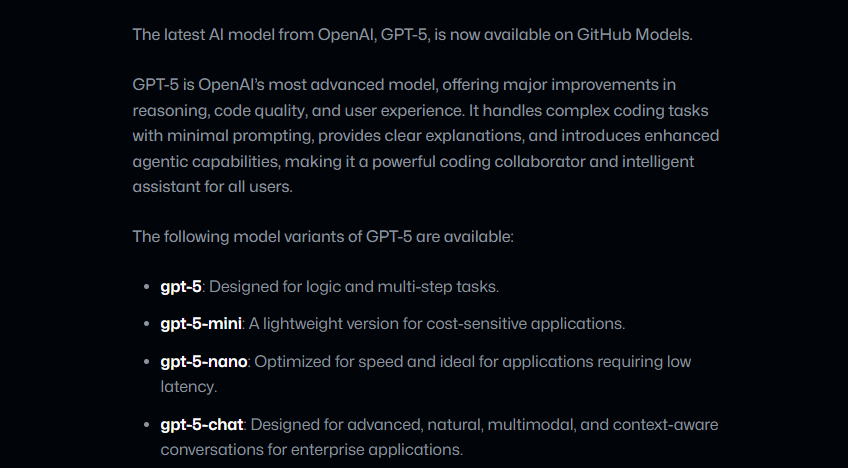
Thanks to a now deleted post by GitHub, we now know some more details of what is going to be coming out with GPT-5.
The deleted blog post detailed that there will be four versions of GPT-5 and that it will offer "major improvements in reasoning, code quality and user experience".
According to the GitHub post, there will be:

- GPT-5: Designed for logic and multi-step tasks
- GPT-5 mini: A lightweight version for cost-sensitive applications
- GPT-5 nano: Optimized for speed and ideal for applications requiring low latency
- GPT-5-chat: Designed for advanced, natural, multimodal, and context-aware conversations for enterprise solutions
The timing of this post also heavily implies that this livestream is to announce GPT-5.
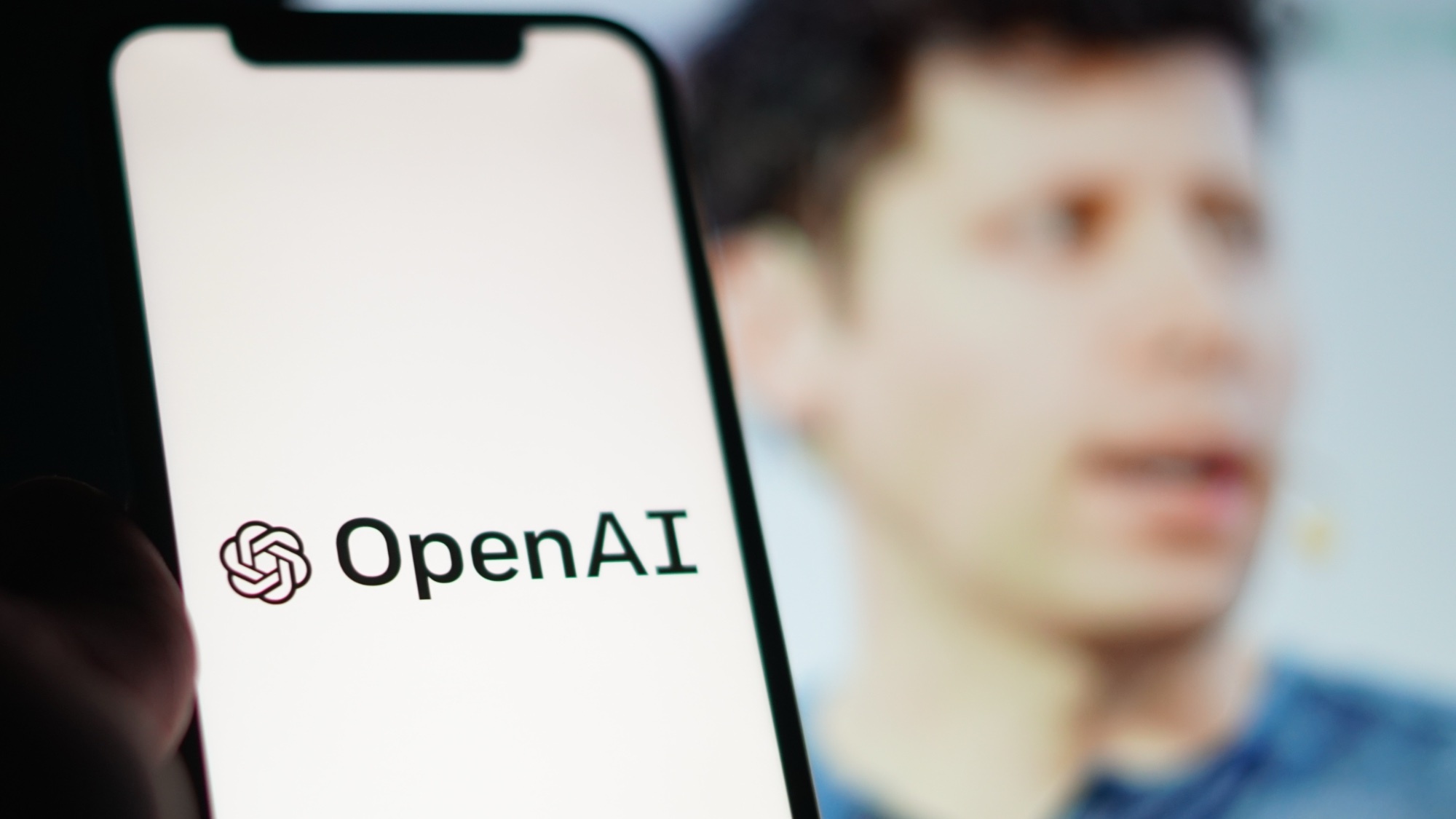
OpenAI hasn’t shared official details yet, but early patterns and platform updates give us some hints about what GPT-5 might bring.
OpenAI is famously tight-lipped about upcoming releases — but they also leave trails. Whether it’s subtle product updates in ChatGPT or cryptic comments from Sam Altman himself, the lead-up to GPT-5 has been filled with breadcrumbs.
Here are the most convincing theories we’ve seen:
1. GPT-5 will unify everything
Multiple sources suggest OpenAI may collapse multiple models (like GPT-4, GPT-4-turbo, and GPT-4o) into one super-capable default. This means no more switching — just one model that adapts intelligently.
2. It will be more “agentic”
Rumors point to GPT-5 being able to decide when to think deeply before answering. That could lead to fewer hallucinations, better logic, and more thoughtful responses overall.
3. It can build things — fast
Based on developer chatter and AI demos, GPT-5 may dramatically improve code generation. Some insiders say it can spin up full apps or APIs with minimal input — not just copy-paste code, but actual functioning software.
4. It might “feel” more human
While vague, this is the most repeated claim we’ve seen. Beta testers say GPT-5 just… gets it. Tone, nuance, even pacing. More like talking to a person than a machine.
Altman: GPT is "like the Manhattan Project
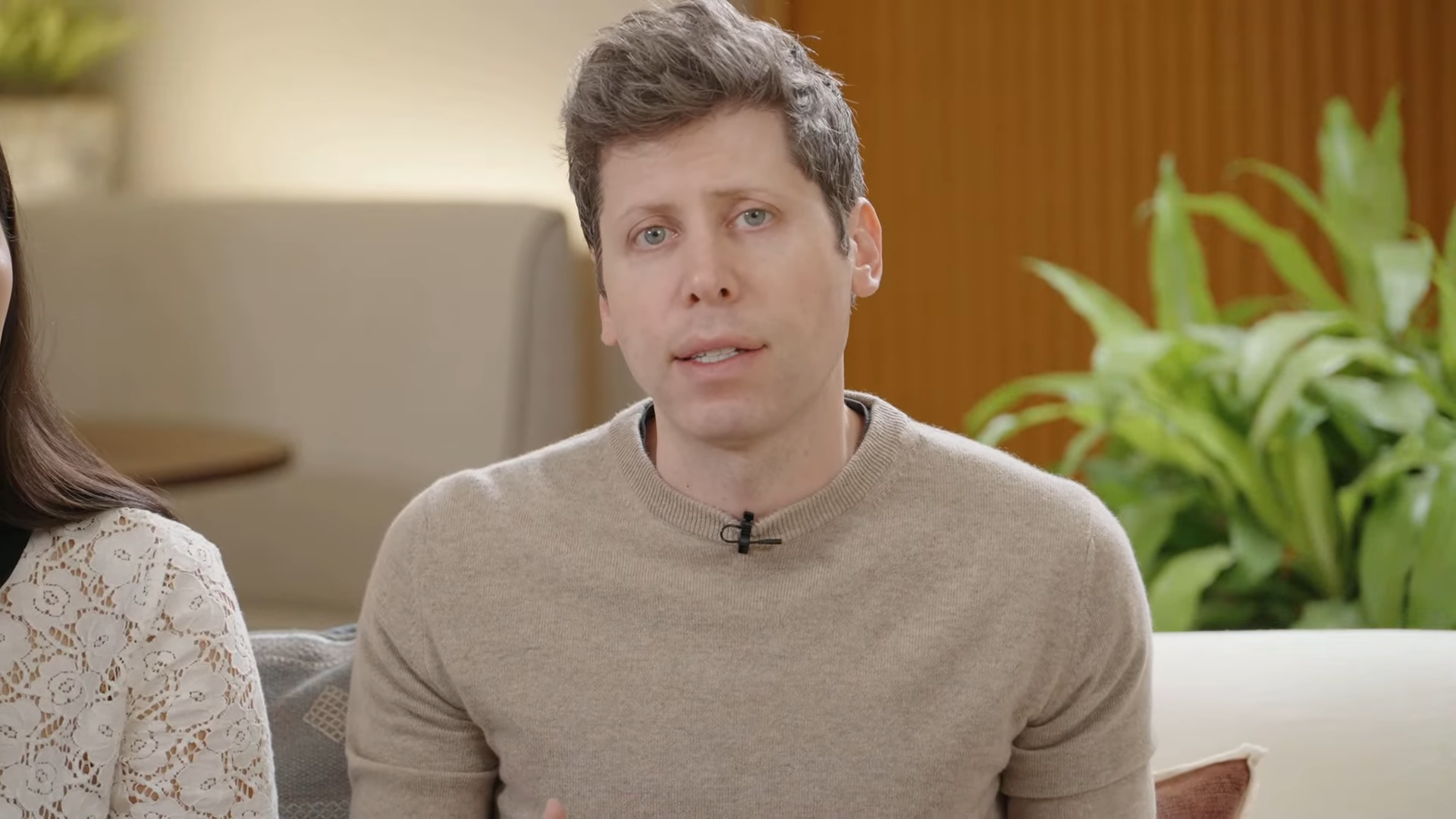
"While testing GPT-5, I got scared. Looking at it, thinking: What have we done... like in the Manhattan Project," Sam Altman explained in a recent podcast talking about GPT-5.
He has made multiple references to the sheer jump that GPT-5 demonstrates. It's not clear exactly which part of GPT-5 he is most concerned about, but this is a similar response to how Elon Musk described the latest update to Grok.
With each of these new updates to AI models, we see a massive step up in their quality and ability. Where ChatGPT once struggled with basic logic and comprehension, it is now a true struggle to find a single task that it can't do.
we have a lot of new stuff for you over the next few days!something big-but-small today.and then a big upgrade later this week.August 5, 2025
Just two days ago, Sam Altman took to X stating: "We have a lot of new stuff for you over the next few days! Something big-but-small today. And then a big upgrade later this week."
Later that day, OpenAI released their two open-source models. For coders and developers, that was big news but for the average person, pretty small.
Now, we're at the end of the week with a "big upgrade" looming. In a previous X post that same day, Altman said: "Please bear with us through some probable hiccups and capacity crunches. Although it may be slightly choppy, we think you'll really love what we've created for you!"
In previous launches, OpenAI has seen its servers become overwhelmed with the number of people trying to access the new update. This is almost definitely going to happen here. There is also likely to be a higher number of glitches and hallucinations at the start when the tool is being ironed out.
OpenAI always reshapes AI
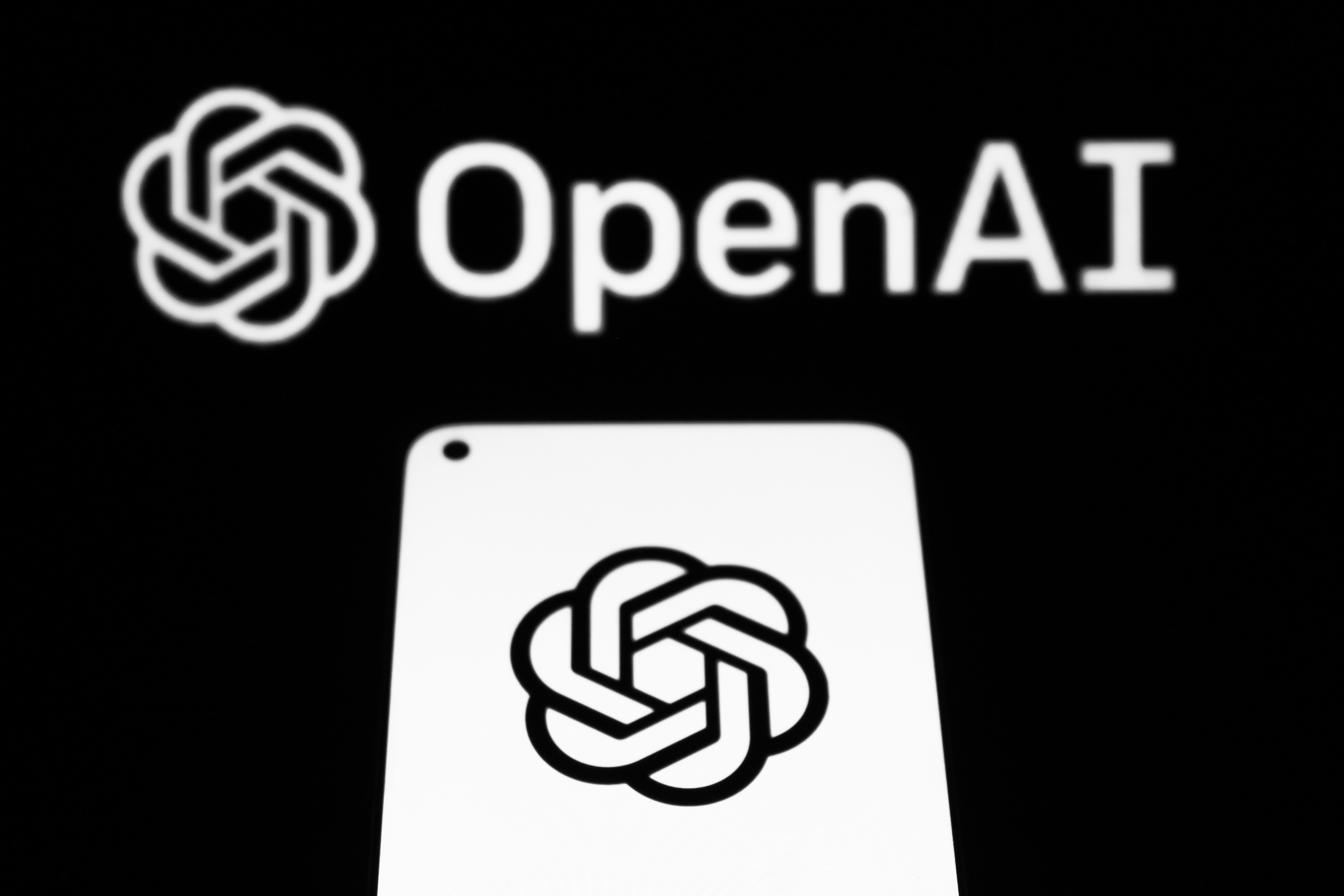
Every time OpenAI releases a new model, it reshapes what we expect from AI. With GPT-5 rumored to launch soon, here are five features we’re hoping make the cut based on user wishlists, developer speculation, and recent trends in the AI world.
Increase in context length
Currently, ChatGPT has a limit on how much information you can feed it. This can be in terms of the size of documents, transcript lengths or number of pages of a document. In other words, it can only process so much information. Right now that ranges, depending on the version you’re using, but can go up to around 128,000 tokens.
That sounds like a lot, and in a way it is. However, with the improvements that GPT-5 could bring it may jump drastically. OpenAI has increased the context window with each release of a new model, and GPT-5 seems to be its biggest gain yet.
This could be especially useful for long conversations where ChatGPT is fed multiple files and pieces of information to piece together. For example, giving the chatbot a year of expense files to look through and process the information.
Better reasoning and planning
This stands out as both the feature we’re hoping for most, as well as the one that OpenAI is likely to put the biggest focus on.
AI companies are pouring time and energy into improving their models’ ability to reason and plan. In other words, how well can ChatGPT analyze holistically and bring an answer together?
This, to some people, will be concerning; it is an important step for AI towards thinking, or at least as much of a step as an AI can take. Instead of following algorithmic steps, it could take a more human approach to things.
Developments in this area could also see an end, or decrease, to one of AI’s biggest issues of hallucinations. Limiting how much AI makes mistakes is crucial. Giving it more time to think and process its answers helps to limit this.
On top of all of this, better reasoning could see ChatGPT launch forward in its coding ability and understanding of more complex prompts.
Improved video and image generation
Naturally, with all of these improvements, whether it is to the context understanding, increase in training or an improved memory, ChatGPT will also see improvements in its ability to create images and videos.
While Sora isn’t necessarily the best in business for video generation, this update could bring it up there to compete with Gemini’s Veo 3.
Image-wise, ChatGPT is already in a great position, but could see further improvements. Even something as simple as being able to process context better, or take in more details mentioned in your prompts.
More third-party inputs
Currently, ChatGPT offers ‘GPTs’. These are customized versions of the chatbot, designed for different tasks. This could be grammar checkers, an expert on Space or some other niche subject.
However, this can also be used to offer access to 3rd party tools. You can use ChatGPT to make reminders on Any.do for example. While there has been no announcement of improvements in this area, I’m hoping to see OpenAI make it easier to pair ChatGPT with other apps.
GPT-5 Pricing
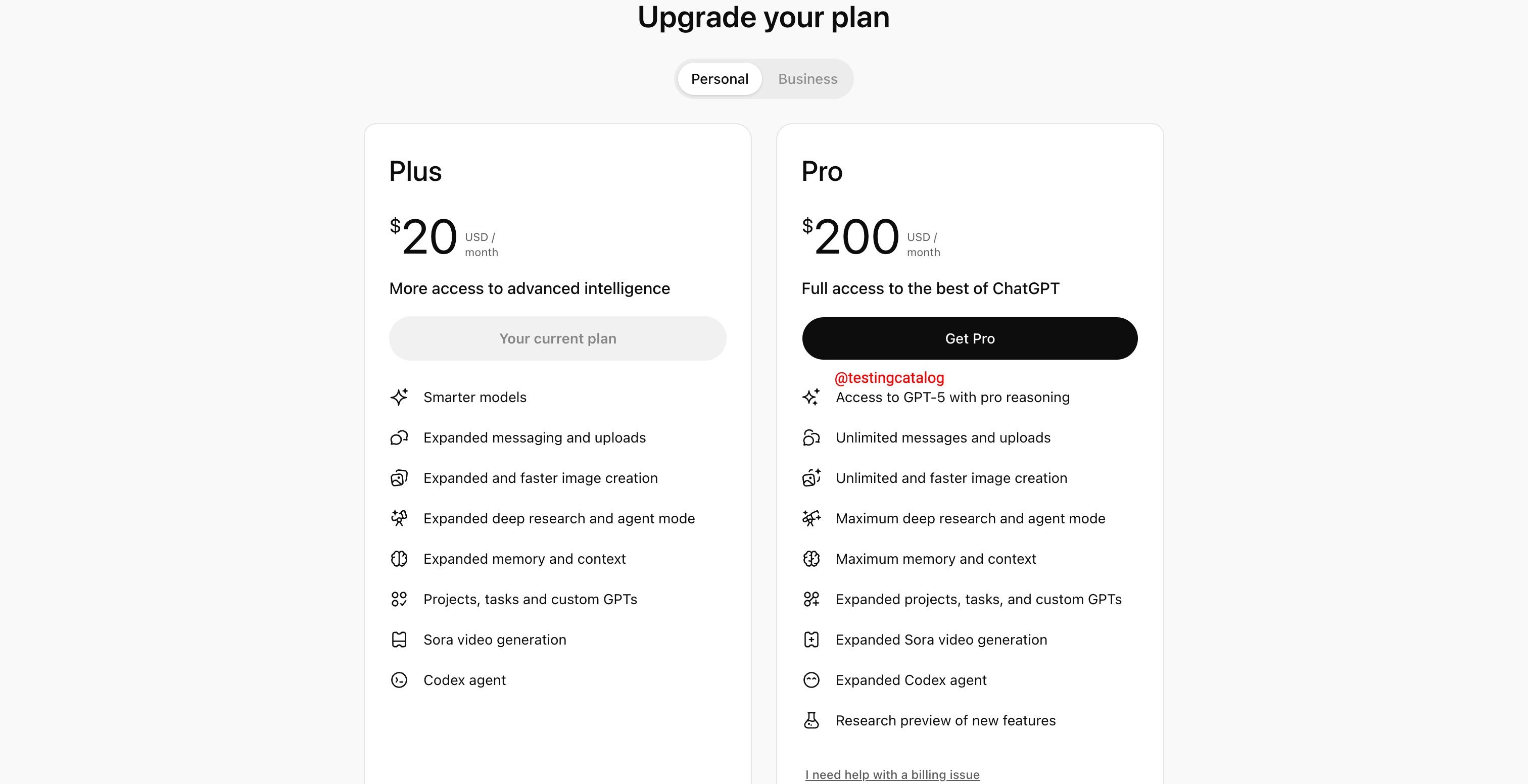
One of the big questions that has been on our minds is how GPT-5 will work with ChatGPT plans. Of course, this kind of technology is expensive, both to create and run, so OpenAI will want to make some money back.
One X post from TestingCatalognews seems to think that, for the best parts of GPT-5, you'll need to upgrade to the $200 a month plan. In what looks to be a screenshot of the plans, they show "access to GPT-5 with pro reasoning" and "maximum memory and context" under the $200 plan.
However, there is no way to verify this. Before a launch, there is a huge number of so-called leaks going around. Some turn out to be true, some are just guesses at what we will see.
What is almost certain is that GPT-5 will be limited, if not completely removed from the free plan of ChatGPT. It would be surprising to see free users being given advanced image, video or reasoning powers.
It is likely that the best value plan will be the $20 a month Plus version. But don't be surprised if GPT-5 becomes entirely locked behind a paywall.
ChatGPT's thoughts on GPT-5
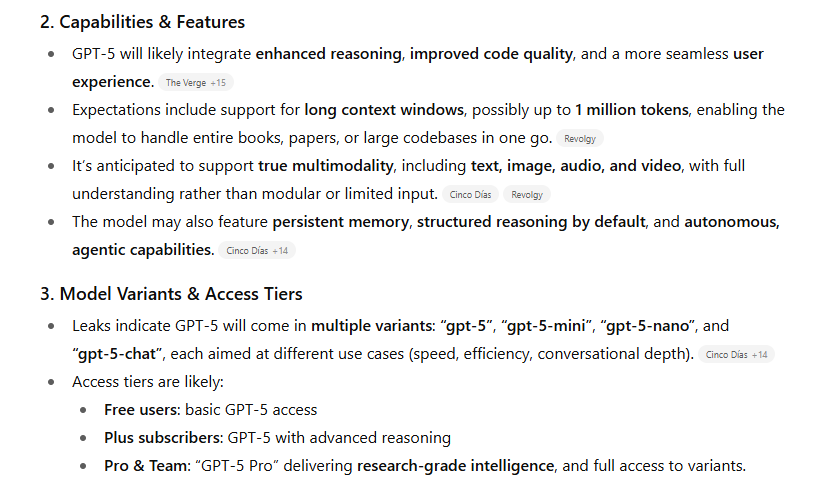
Amongst all the leaks, the quotes and opinions of the experts, we forgot about one key source... ChatGPT!
I asked ChatGPT what to expect from GPT-5. Along with the obvious points, including enhanced reasoning, improved code quality and a more seamless user experience, it also suggested that free users would likely get limited access to GPT-5.
Surprisingly, it also highlighted the chance for ethical concerns. With such a powerful model, should we be concerned about what it is capable of doing? With a model like this, we often see a detailed list of safeguarding plans once it launches. OpenAI will likely do the same here.
GPT-4.5 lacked wow factor, GPT-5 has it
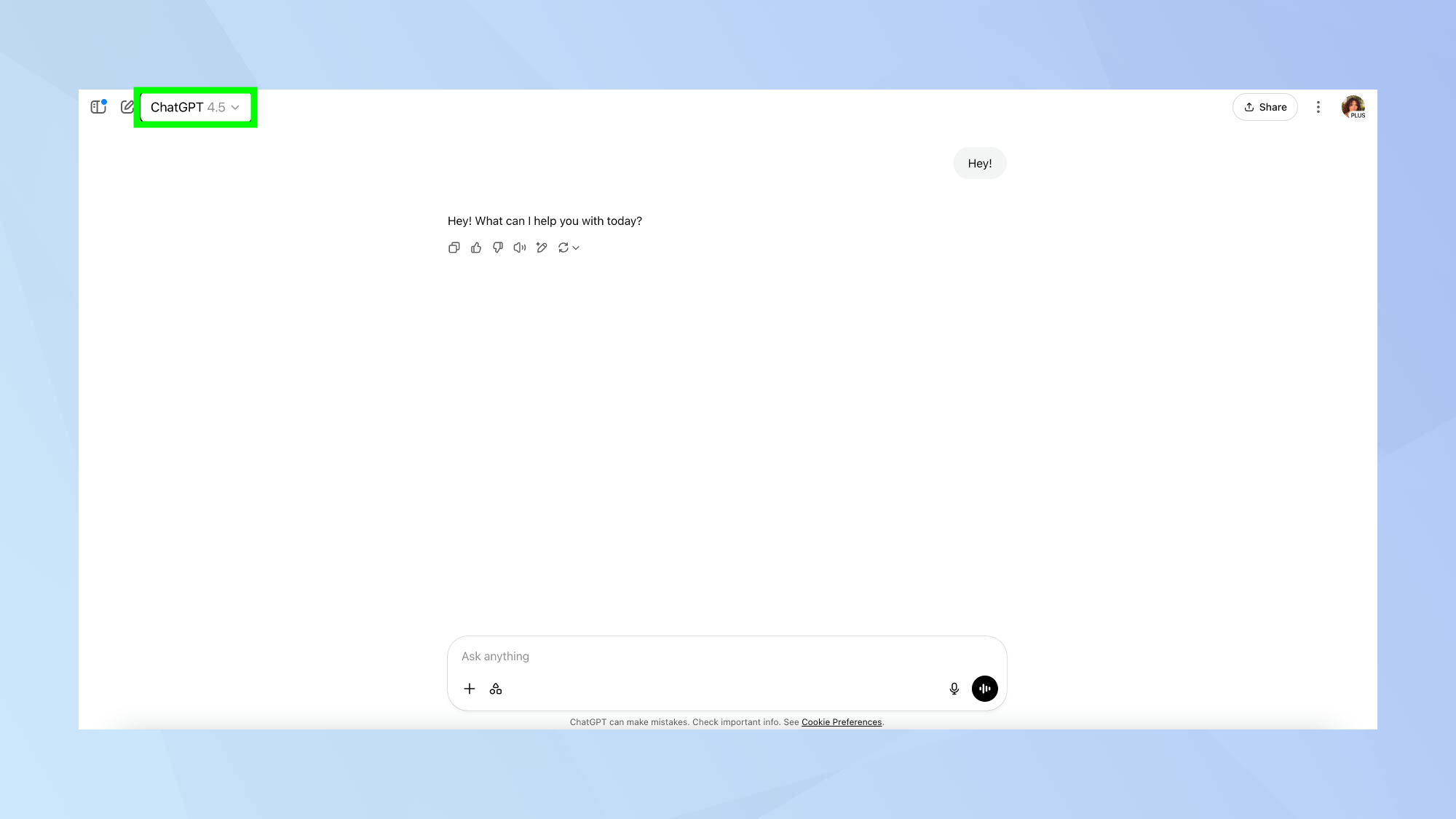
GPT-4.5 (also known as GPT-4-turbo) was a solid improvement over GPT-4. It was faster, cheaper to use, and capable of handling longer context windows up to 128K tokens. It powered things like ChatGPT's advanced tools (code interpreter, DALL·E, browser) and offered better performance in real-time conversations.
But as powerful as GPT-4.5 was on paper, it didn’t always feel that different day to day. The tone was still a bit robotic, and while it was supposed to be more creative, that wasn’t always my experience.
The reasoning could drift. And while it was impressive, it didn’t quite spark that sense of “wow.”
From what I can tell, GPT-5, from early impressions, does have that wow factor. Of course, I haven’t it tried it yet, but I can only assume it’s smarter and faster.
I’m interested in seeing just how fast it thinks and how thoughtful it responds. While I wait for GPT-5, maybe I should give GPT-4.5 another chance.
The backlash to the hype

Not everyone is convinced that this is going to be the big world-changing update that is being sung about online.
The Information published a report that stated multiple sources inside OpenAI and its partner Microsoft think GPT-5 is only really an upgrade in math problems and writing software code.
The report goes as far as saying, "It won't be comparable to the leaps in performance of earlier GPT-branded models, such as the improvements between GPT-3 in 2020 and GPT-4 in 2023."
The report claims that this is due to a "dwindling supply of high-quality web data" to train the models on. OpenAI researchers reportedly were unable to get their GPT-5 models to produce the same results found when it was in its infancy.
In other words, while growth was drastic and fast in the early days of AI, that growth is slowing down quickly.
If the report from The Information is correct, GPT-5 will be a big update, but by no means as powerful as being suggested.
However, this is one report in a sea of highly praising reports from early testers. We'll soon see who is right.
Does GPT-5 beat the SimpleBench test?
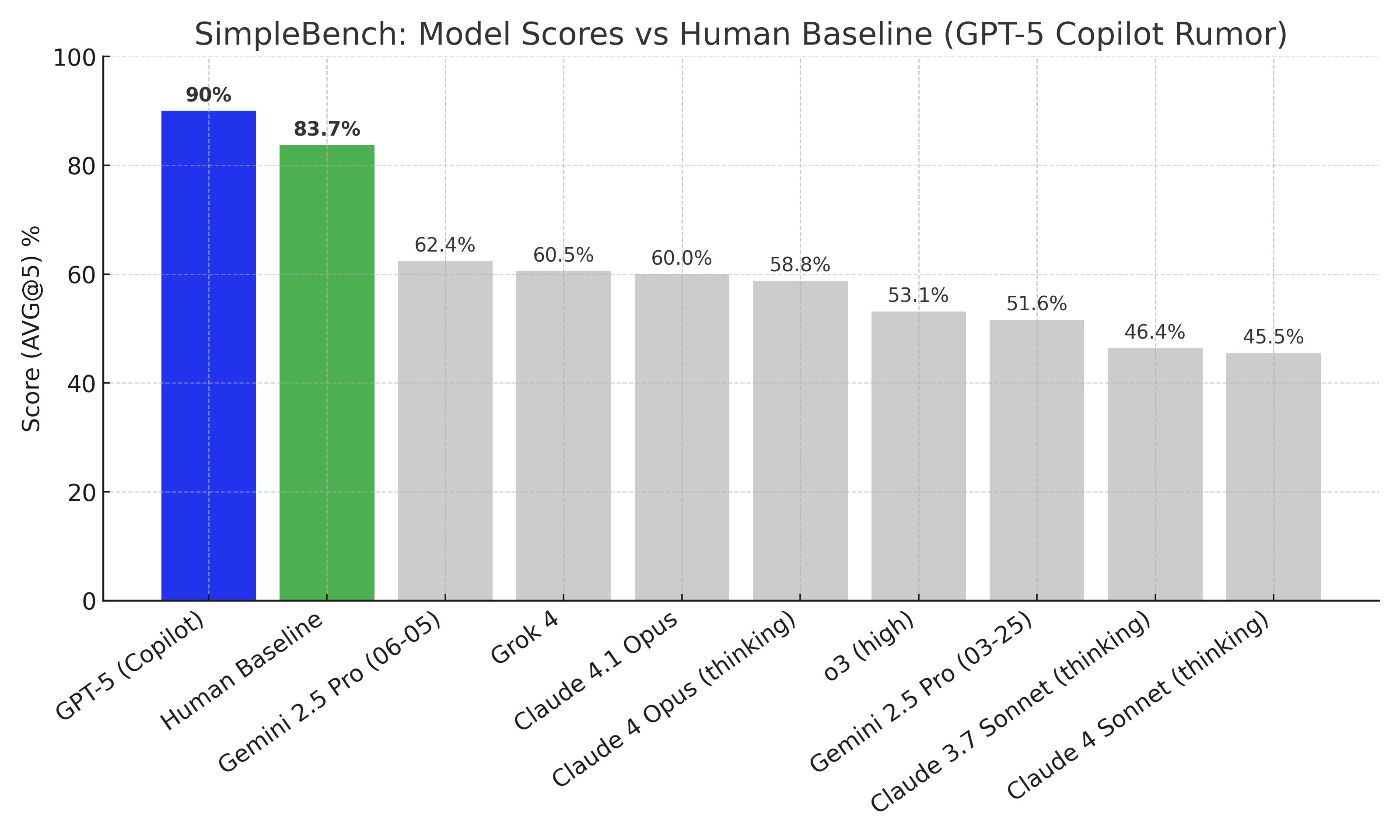
One rumor that has been doing the rounds on X is that GPT-5 is the first model to beat the SimpleBench test.
SimpleBench is a multiple-choice text benchmark for large language models. Individuals with high school-level knowledge are put against AI models in a test. It includes over 200 questions, covering spatio-temporal reasoning, social intelligence, and what they call linguistic adversarial robustness (it's simply trick questions).
This kind of test sees how AI can perform against humans in logical tests. In other words, it is putting AI against humans in the kind of challenges humans are likely to succeed in.
Currently, humans are at the top of the leaderboard (go us!) with Gemini 2.5 Pro coming in second place, Grok 4 just after, and Claude 4.1 after that.
A photo from a supposed early tester of GPT-5 shows the model beating out the human baseline. This would make it not just slightly better than other models, but miles ahead in its understanding of logic and thought-processing tasks.
A last minute GPT-5 leak
BREAKING 🚨: A new GPT-5 announcement has been added to the codebase. Looks sleek! "ChatGPT now has our smartest, fastest, most useful model yet, with thinking built in — so you get the best answer, every time." pic.twitter.com/MPyD1KVp8RAugust 7, 2025
Some reports going around online seem to think that GPT-5 might bring with it a complete redesign of how OpenAI looks.
Screenshots found when digging around in code show logos for GPT-5, 5 mini and 5 nano. Not only is this further confirmation of the potential model types, but it also shows a certain colour theme.
Each logo features a rainbow texture, blending pinks and blues. This is very similar to the style of the dashboard a few leakers are suggesting that we might see. This looks exactly like the old ChatGPT, but with a blue and pink hue in the background.
Like a lot of leaks going around, there is no clear confirmation on this, but it could be an optional new theme to apply, or a new default for all ChatGPT users. Equally, Altman and his team could well stick with the classic white theme we've seen since the start.
How to watch the livestream
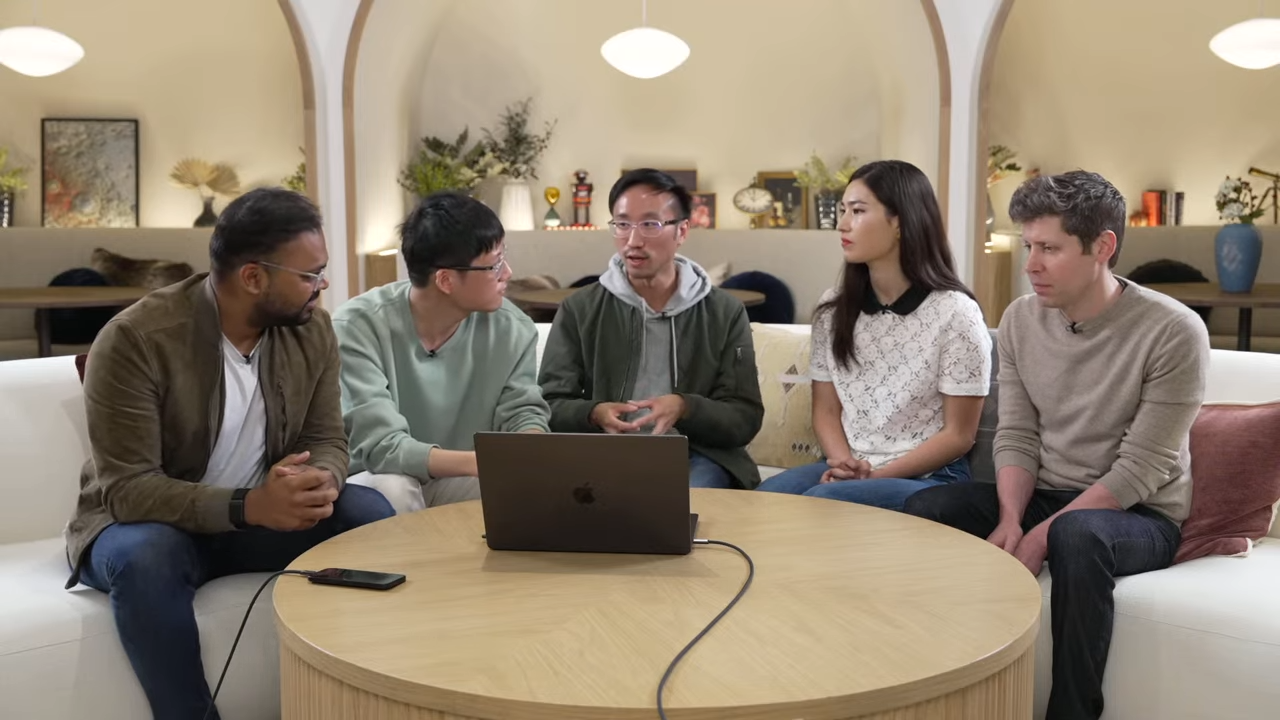
While we know when the livestream is happening, OpenAI hasn’t yet shared a link for how to watch it. However, if you do want to get ready ahead of the game, it is almost definitely going to be streamed live on the OpenAI YouTube channel.
That is where the company has shown all of its previous live streams and normally has a link ready to go a few hours before it all kicks off.
It is also often streamed from the OpenAI X page. Not a fan of watching events live? We’ll be covering everything as it happens right here on this live blog.
GPT-5 rumored to beat Arc-AGI 2 test
holy hell pic.twitter.com/ausKp4vancAugust 7, 2025
Another leak appearing frequently online is a supposed score on the Arc-AGI 2 test. This is often seen as the most comprehensive test for AI models, and is used to see how well AI can handle complicated logical tests.
However, the image going around seems highly unlikely. This would have GPT-5 not just ahead of the competition, but so many miles ahead that it would be borderline impossible.
Sure, it is likely to score very highly on the test, maybe even coming out on top. But a score of 70 compared to many other major models having below 5 would be pretty concerning.
Grok and Gemini competition
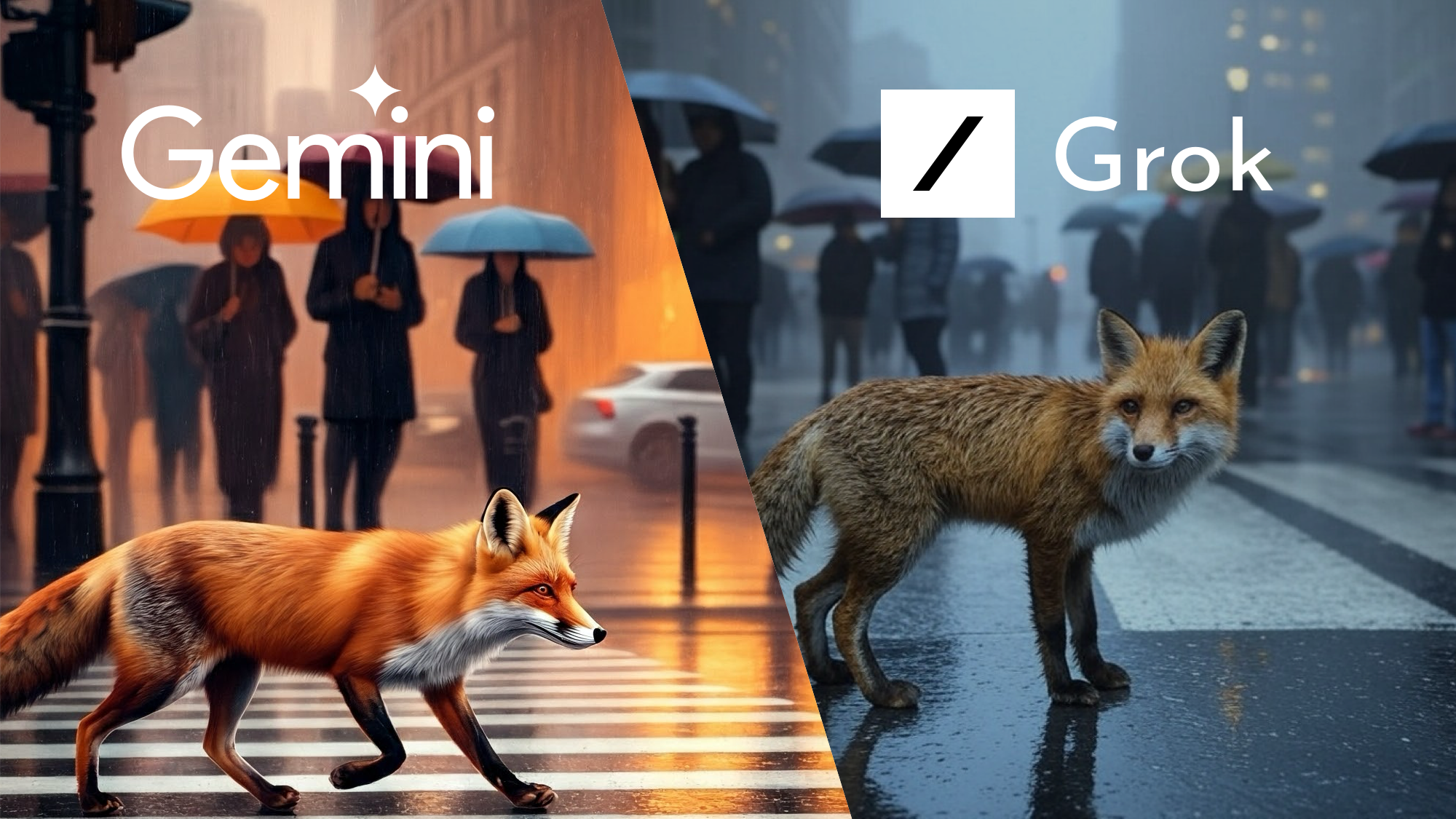
Right now, GPT-5 has two main competitors that it needs to beat for the top spot. Those are Gemini 2.5 Pro and Grok 4 Super Heavy.
These are the two biggest and best-performing AI models on the market right now. xAI’s Grok is the latest to receive a big update, so it shouldn’t be any surprise that it is one of the main competitors.
However, Gemini 2.5 Pro came out a good few months ago now, but has remained in the first position since. It is powerful, fast, and great at understanding logic and context.
Even if GPT-5 isn’t miles better than either model, it only needs to sneak past them to become the best-performing AI model on the market right now.
Here's what the hours leading up to a launch (probably) look like at OpenAI
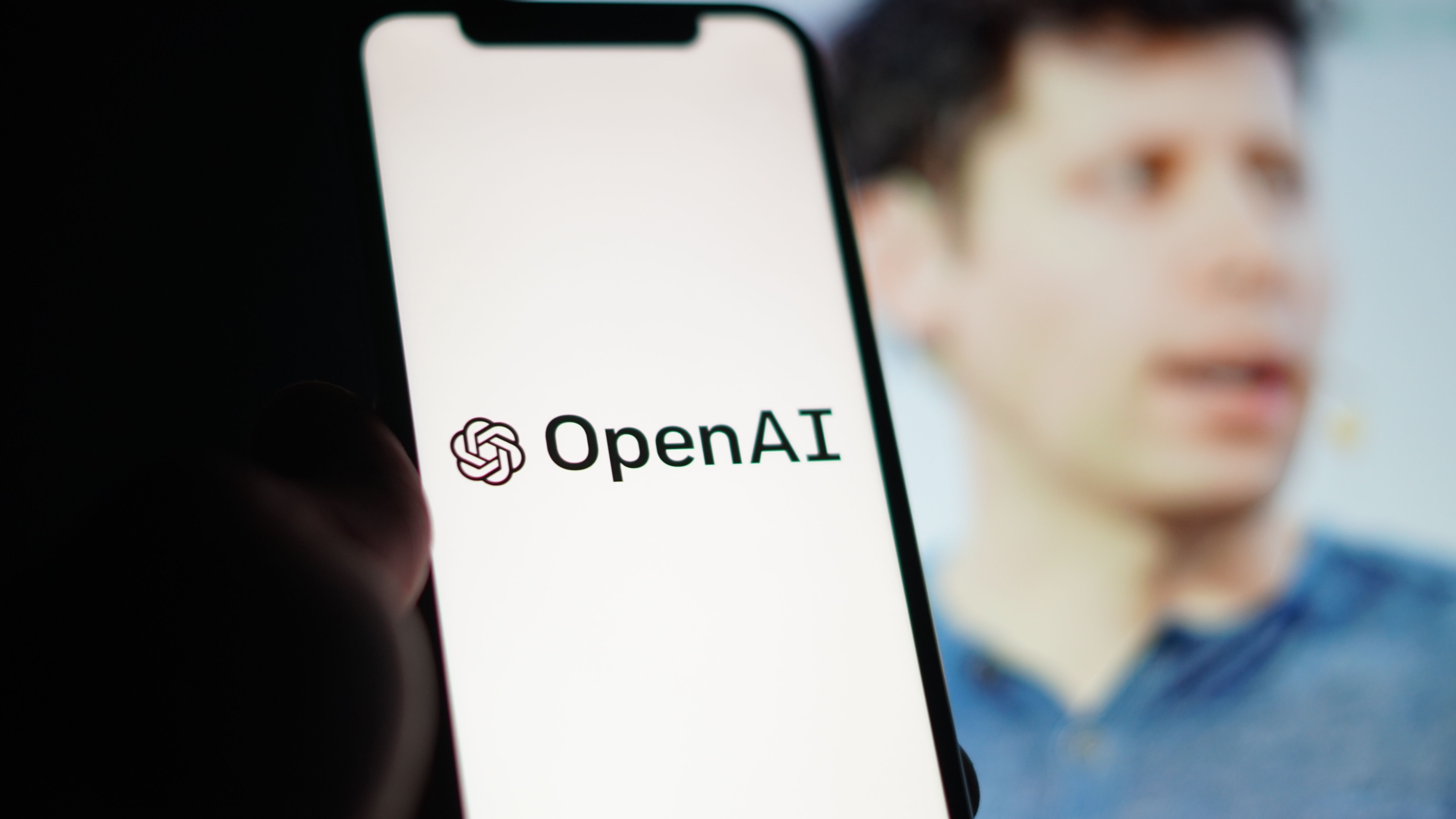
If today's livestream really is the launch of OpenAI's new and improved model, the team is most likely working on a mix of technical readiness, final QA, internal coordination and working through some controlled chaos.
Based on what’s been publicly shared about past launches, employee anecdotes and common practices at high-stakes AI orgs, here’s what might be happening behind the scenes:
1. Model & system stability checks
The team is likely running final tests on uptime, latency and output quality across ChatGPT and the API. Even though GPT-5 has been in internal testing and refinement for months, the final hours are about redundancy checks:
-Load testing across global servers
-API response speed
-Cache optimization for high-demand queries
-Monitoring for bugs that only appear at scale
There are likely dashboards lighting up in real time, with SREs (Site Reliability Engineers) watching for any system blips.
2. Final review of safety guardrails
This is a big one as OpenAI places a lot of emphasis on safety. Alignment and policy teams are likely double-checking:
-Content filters
-Model refusals for disallowed prompts
-How GPT-5 handles borderline edge cases (especially in health, politics, or misinformation)
-Whether it gives consistent explanations when it can’t help
This also includes reviewing how the model balances helpfulness with refusal, since GPT-5 reportedly offers “safe completions” instead of flat-out saying “no.”
3. Communication prep & asset coordination
There’s a full comms war room somewhere (probably on Slack and Notion) going through:
-Blog post timing (the research blog, dev blog, enterprise blog, etc.)
-Landing page links and livestream backups
-Press embargo coordination — ensuring media partners like you don’t publish early
-Social media queues, likely preloaded on TweetDeck, Threads, LinkedIn, and YouTube
-Email campaigns for ChatGPT Plus/Pro users and developer mailing lists
-All these have to go live simultaneously at 10 A.M. PT (with no leaks!)
4. Rehearsals for the launch livestream
Sam Altman and other execs are probably did several late-night run-throughs of the launch presentation:
-Testing demo timing
-Making sure the product reveals align with blog post structure
-Reviewing the Q&A flow if it’s live
-Ensuring no GPT-5 hallucination happens on stage
There’s likely a mix of scripted and unscripted moments; but the tech needs to behave live.
5. Internal usage & quiet hype
Internally, the team has likely been using GPT-5 for weeks or months. Engineers, researchers and product leads might be casually sharing last-minute discoveries.
But they can’t say anything publicly until the launch, so the hours before are also filled with quiet Slack celebrations and screenshots in private threads.
6. Nerves, pride, caffiene and sleep deprivation
The tension is highbecause the scale of attention is massive. It’s likely a mix of:
“Did we test this enough?”
“Is the messaging tight?”
“This is the best thing we’ve ever built.”
"What's next?"
ChatGPT-5 is coming — and it could end one-line prompts as we know them
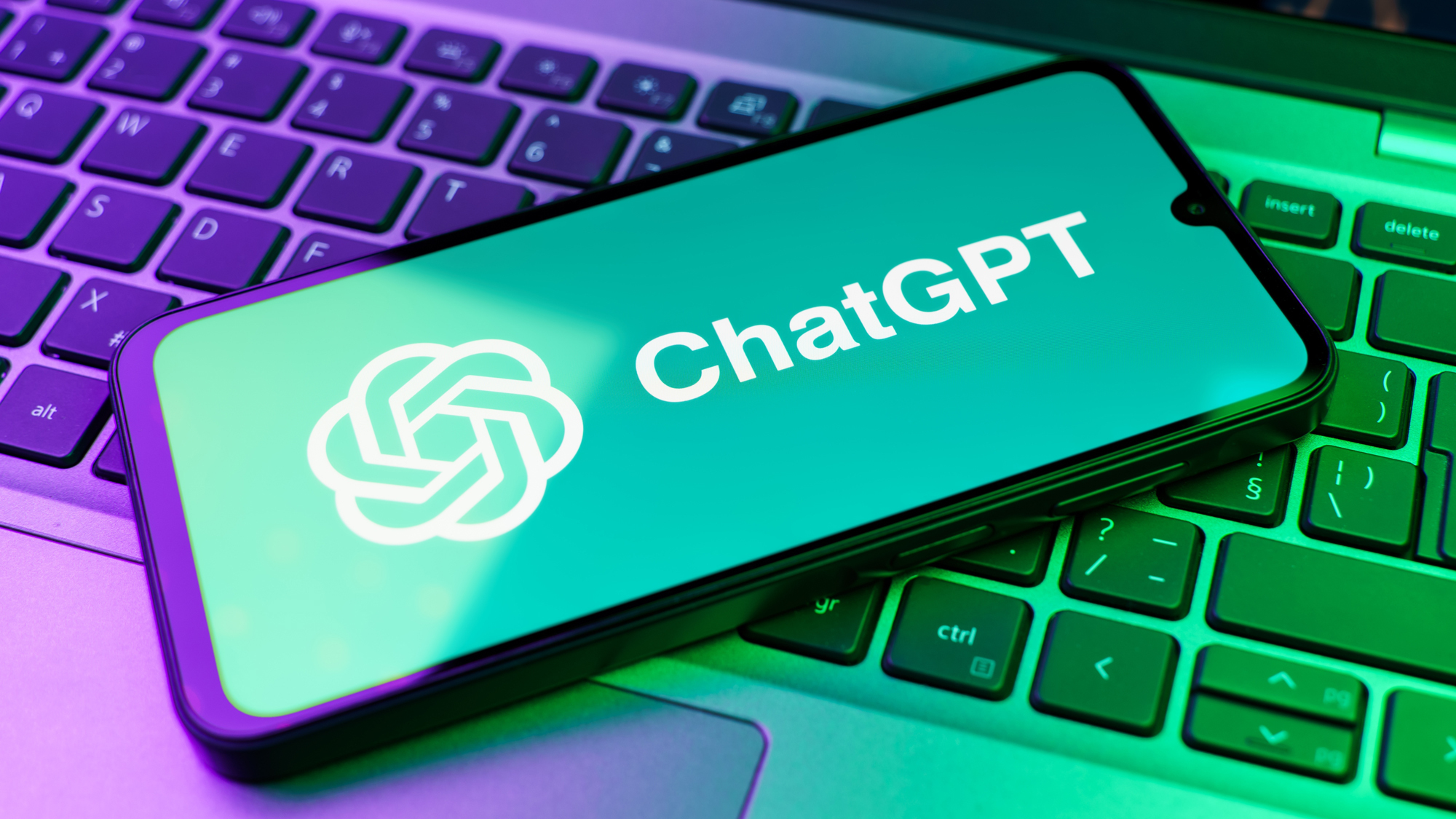
The arrival of GPT‑5 feels like it’s rewriting the rules of how we communicate with AI. As models get smarter, the art of “prompting” is evolving too — moving from one-off commands to more sophisticated, step-by-step collaboration.
With past models like GPT‑4, casual commands (“Give me a list of…” or “Explain this”) worked fine for simple tasks. But ask something complex — say, planning a multi-step itinerary or solving a logic puzzle — and the responses could fall short, or even hallucinate.
That’s beginning to change. A more structured, chain-of-thought style of prompting — where you guide the AI through your reasoning step by step — already delivers better results in alternatives like Claude, Gemini, and GPT‑4o.
And GPT‑5 may take this further.
Smarter AI calls for prompting differently
Rumor is GPT‑5 will come armed with powerful reasoning, planning, and agent-like abilities — meaning it may not just respond, but think, decide, and act. Instead of treating prompts as transactional commands, GPT‑5 might treat them as collaborative conversations.
Imagine instead of asking “What should I do this weekend?”, you say: “Here are my preferences, budget, and constraints. Let's plan a weekend step-by-step, and I'll approve each phase.” That shift alone could make prompting feel more like working with a human teammate.
How to Prepare Now
If you’re using today's ChatGPT or similar tools, try experimenting with structured prompts:
-Encourage “thinking aloud” by asking the AI to break down its reasoning.
-Use layered instructions like: “Plan, then explain your next step.”
-Frame goals clearly and in phases.
OpenAI is redefining ChatGPT — here's why safety is finally taking center stage

OpenAI has quietly flipped the script on how ChatGPT is designed to serve us. In a recent announcement, the company stated it’s no longer optimizing for user engagement metrics like “time spent chatting.” Instead, the focus has shifted toward task completion, user satisfaction and genuine usefulness.
This marks a significant break from how many tech products worldwide prioritize screen time. OpenAI’s new direction is clear: ChatGPT is meant to help you solve problems, learn or get things done, then help you step away.
It’s against this backdrop that GPT‑5 is set to launch and that makes this release feel different. We're not just waiting for smarter code or faster reasoning. We’re watching to see if OpenAI builds upon its new, utility-first credo.
What's especially intriguing is how safety may evolve with GPT‑5, even if the company hasn’t discussed specifics yet. OpenAI's commitment to “safe completions," where the model offers the most helpful answer possible within safety protocols, could deepen.
It’s already part of the public roadmap for GPT‑5, suggesting a more sophisticated balance between usefulness and responsibility.
In short, this release might redefine not only what ChatGPT can do, but why it does it, shifting from instant gratification to thoughtful assistance all for the sake of user safety.
Is GPT-5 aiming for too much?
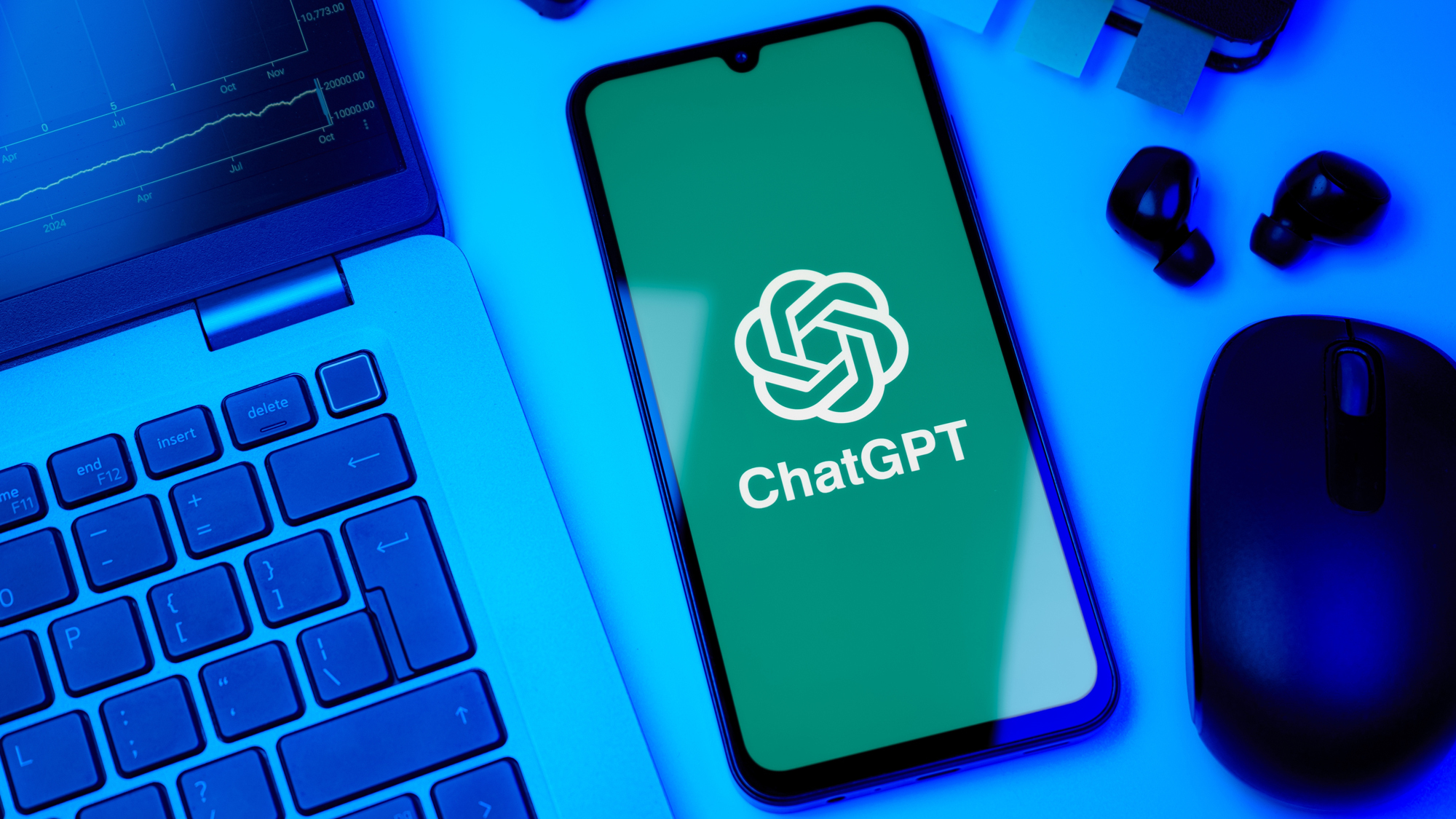
As anticipation builds for the launch of GPT-5, it’s becoming clear that OpenAI’s next model may be about more than just smarter chat. Whispers suggest GPT-5 could signal the arrival of a new kind of assistant that is basically an AI co-worker, working alongside you in nearly any task.
Over the past year, large language models have already proven useful for writing, research and idea generation. But GPT-5 appears poised to take things a step further, from creative partner to code collaborator, and even health explainer.
Rumors suggest the new model could help users build fully functional websites or apps with just a few prompts, streamlining frontend design, debugging and even full-stack development. Imagine describing your dream site and seeing it live within minutes. We could see that type of empowerment.
Meanwhile, GPT-5 is also expected to offer more reliable help in high-stakes areas like healthcare conversations. While it won’t replace a doctor (nor should it), the model could help you understand medical test results, frame better questions for your provider or compare options based on your needs.
For more everyday users, the model may integrate more seamlessly into your life. For example, suggesting when to reference your calendar, helping structure your to-do list or guiding you through multi-step workflows with less handholding.
In short, GPT-5 may not just be OpenAI’s smartest model yet, it could be the most useful, spanning everything from code and content to health and home life.
Leaked GPT-5 variants hint at modular AI and agentic power
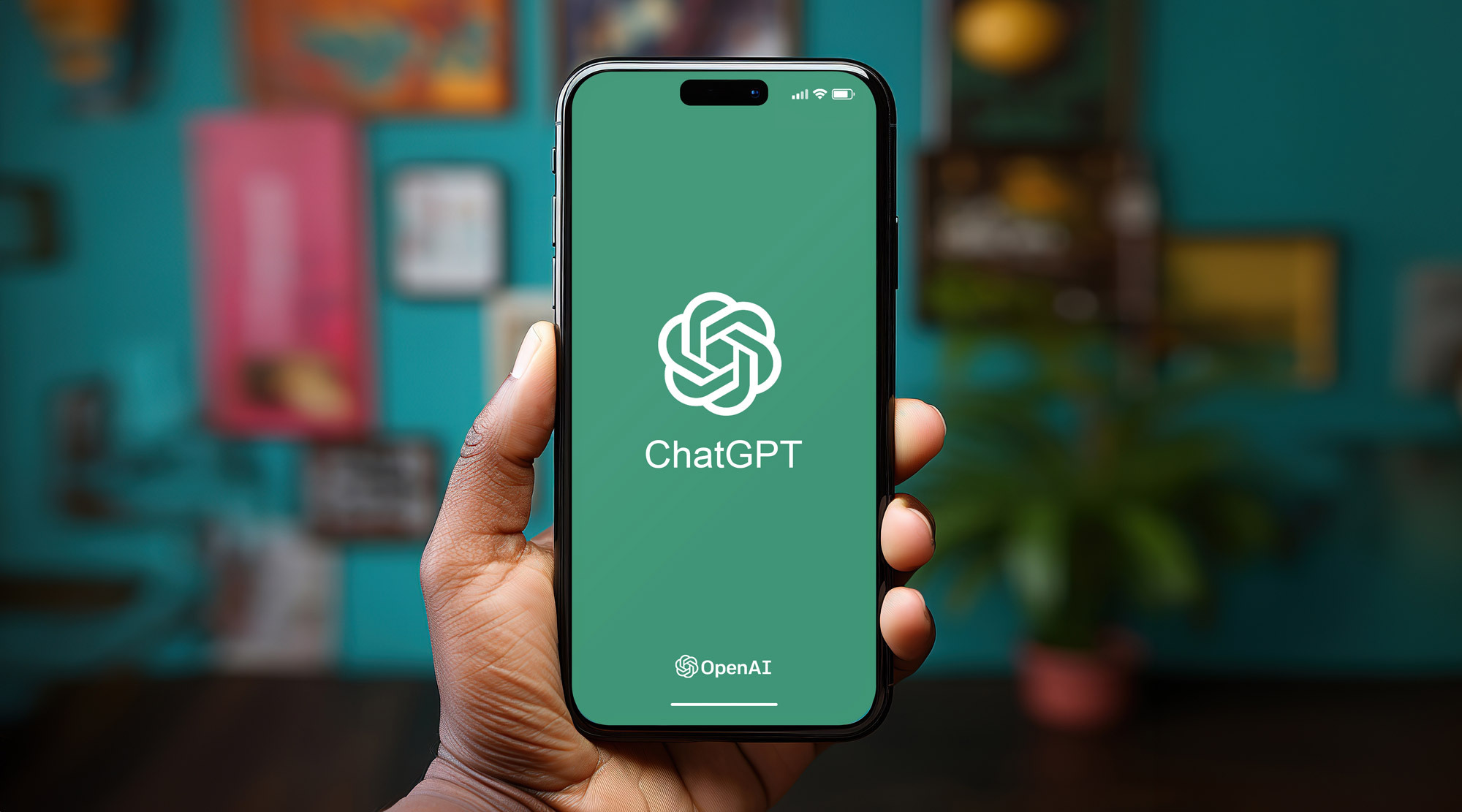
As excitement builds around the release of GPT-5, an early GitHub post, briefly published and then removed, has sparked conversation about what’s coming next.
The listing referenced four distinct GPT-5 variants, including GPT-5, GPT-5-mini, GPT-5-nano, and GPT-5 Pro. Each version appears to be optimized for different levels of performance, speed and cost.
This is a strong indication that OpenAI is moving toward modular AI, tailored to fit a wide range of use cases from lightweight mobile experiences to enterprise-grade problem-solving.
What’s especially notable is that these variations don’t just differ in scale, but they may also reflect different degrees of agentic behavior. In the AI world, “agentic” refers to a system’s ability to take initiative, break down tasks and make decisions autonomously. GPT-5 is rumored to bring major improvements in this area, especially in how it handles multi-step reasoning, tool usage, and planning workflows without extensive prompting.
This has major implications for coding, automation and everyday productivity. Instead of needing to hand-hold the AI through each instruction, users may soon be able to describe an end goal, like building a website or analyzing a large dataset, and let GPT-5 plan and execute the steps. It’s a move away from reactive chatbots and closer to AI co-pilots that can work alongside humans in real time.
While OpenAI has not confirmed the final model configurations, this leak, paired with growing developer buzz, suggests that GPT-5 is so much more than a smarter language model. It may represent a flexible ecosystem of intelligent agents, designed to think, reason, and act more independently than anything that came before.
Is GPT-5 about to make AI feel human?

As AI models become more advanced, the most surprising change we coud see is in the tone. Early testers have hinted that GPT-5 may be more emotionally intelligent. Conversations reportedly feel smoother, more intuitive and less like talking to a machine.
What does that mean in practice? This could mean several things, specifically that the AI doesn't just understand the question but actually gets the context as well. From there, it could adjust its language based on your tone, being more concise when you’re in a rush, or offering more thoughtful support when you’re not.
OpenAI has already shown signs it’s prioritizing the quality of interaction, not just the result. With the rollout of features like “safe completions” and preset personalities, GPT-5 may lean further into adaptive communication.
You might be able to choose whether your AI sounds like a nerdy friend, a helpful robot or a calming listener; all without needing to engineer the perfect prompt.
If true, this could be a huge step toward more natural AI-human collaboration and a glimpse at the emotionally aware assistants of the future.
GPT-5 could be your next front-end developer
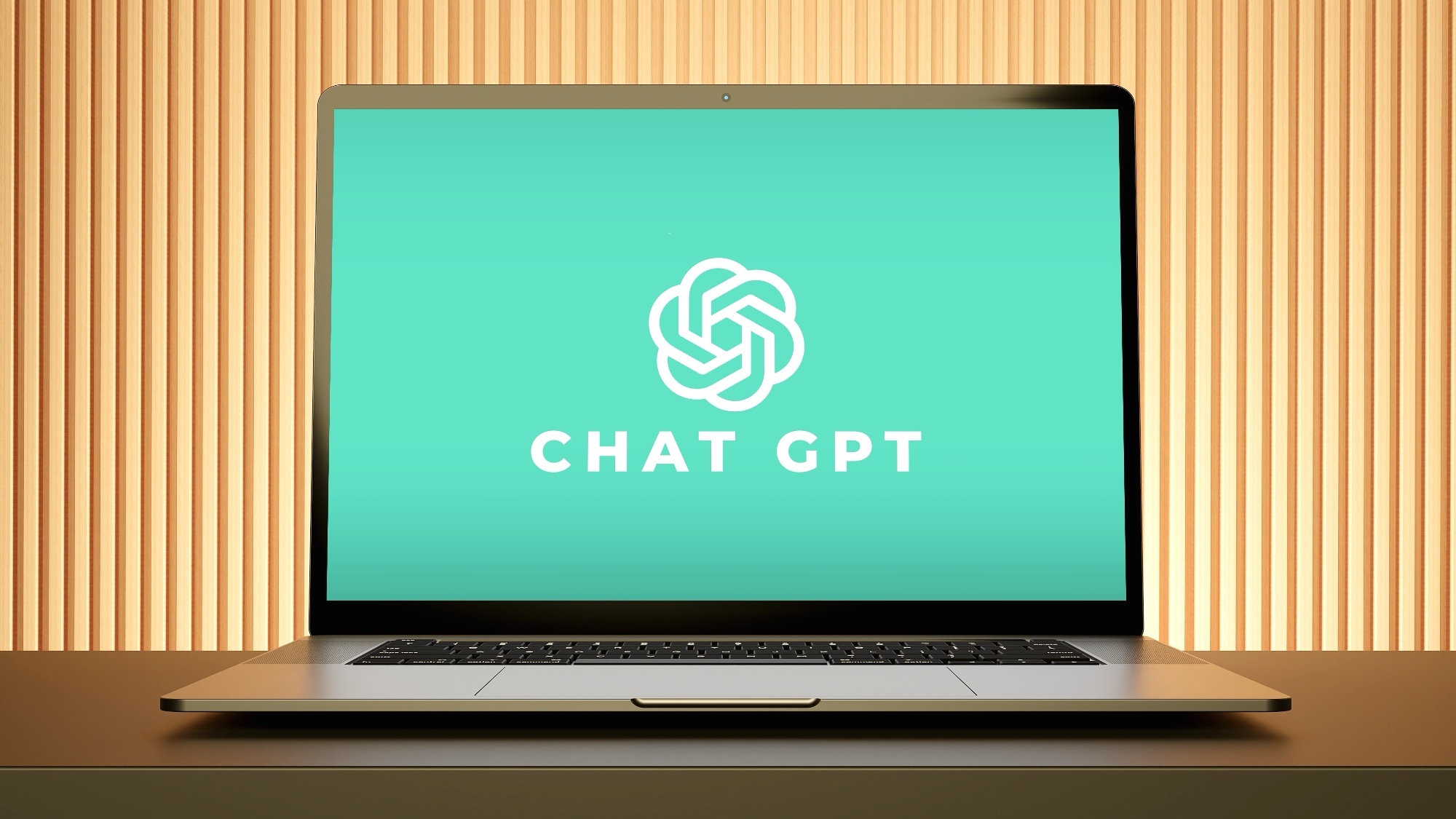
The rumors are loud and clear: GPT-5 might be OpenAI’s best model yet for building websites, apps, and games. Yes, even if you don’t know how to code.
While previous versions of ChatGPT could assist with basic HTML or debug a small function, GPT-5 is expected to go much further. It could take a vague description like “I want a pastel-themed recipe blog with a search bar” and return a polished, functional site with layout, styling and even placeholder content included.
This would be useful for developers but it also democratizes creation. Designers, marketers, teachers and entrepreneurs could spin up digital tools in minutes, cutting out the need for dev-heavy lift.
OpenAI has also teased improvements in frontend aesthetics, suggesting GPT-5 may generate cleaner, more visually pleasing code by default.
If GPT-5 delivers here, it will become a true collaborator, bridging the gap between vision and execution. Combined with its ability to explain code and iterate in real time, this could radically change how we prototype and publish online.
Why GPT-5 might finally nail health-related AI — with boundaries

AI and healthcare have always been a tricky mix. Get it right, and it can help millions understand their health better. Get it wrong, and the consequences are serious. OpenAI appears to be threading that needle carefully with GPT-5.
The new model is expected to be OpenAI’s most health-aware assistant yet. Of course, it will not replace doctors, but it could help you ask better questions when you are with your doctor.
ChatGPT-5 might:
-Help users interpret basic test results
-Flag potential concerns
-Adapt answers to your location, knowledge level, or age
-Offer safe, contextual responses within medical boundaries
More importantly, GPT-5 is expected to explain why it can’t answer certain questions — a major improvement over vague refusals in past versions.
The key phrase here is “safer and more helpful.” By equipping users to have smarter, more productive conversations with real healthcare providers, ChatGPT-5 could change the way we live in new ways. It could be especially useful for people navigating complex conditions, new diagnoses or appointment prep.
In the broader AI ethics debate, this could mark a more responsible middle ground, one where AI supports, but doesn’t overstep.
The drama continues to build around the launch
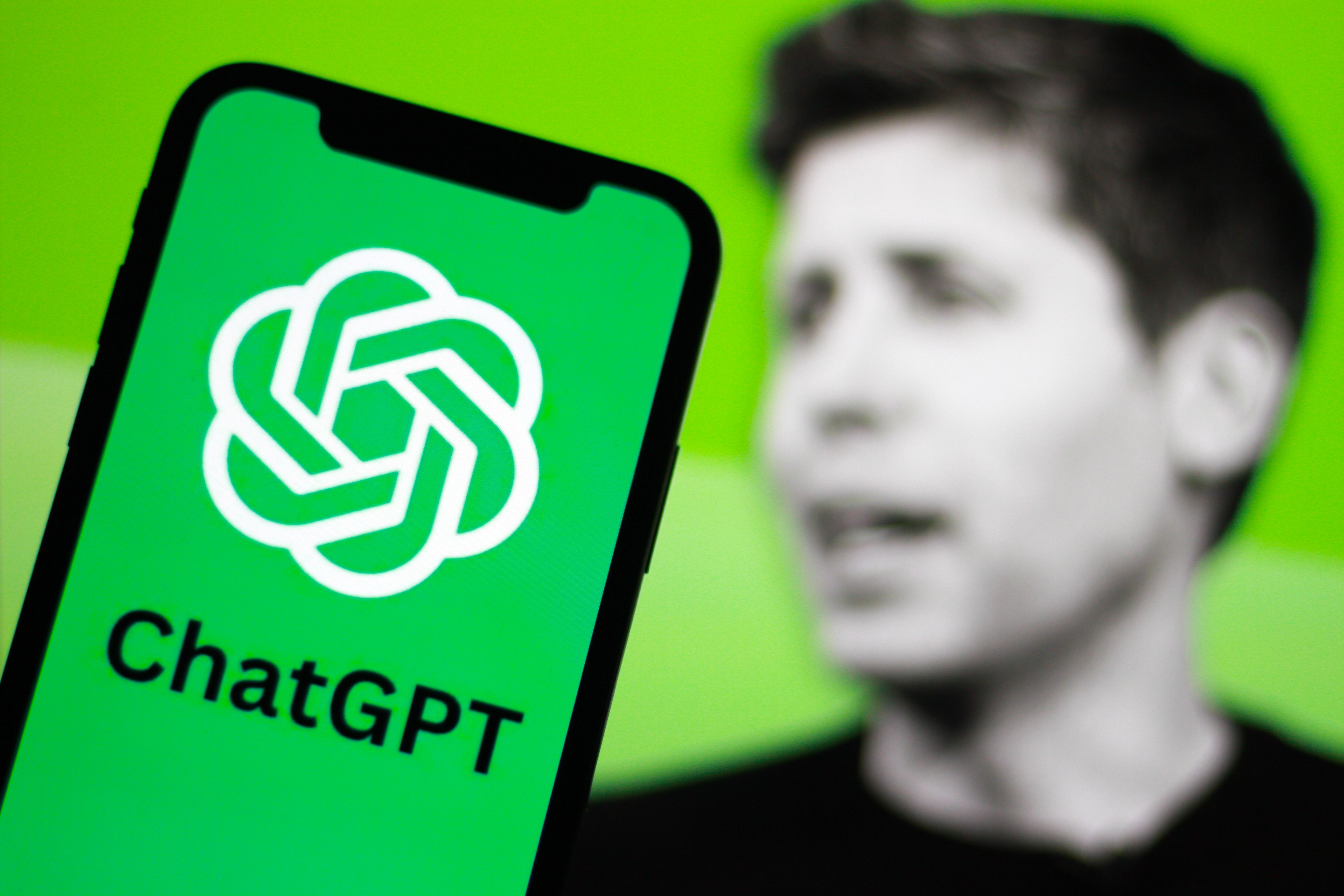
The countdown to GPT‑5 is nothing short of cinematic. OpenAI has officially triggered the hype engine with a cryptic social post: “LIVE5TREAM THURSDAY 10 A.M. PT,” replacing the “S” with a “5” in a move that screams model reveal. The tech world is buzzing as insiders prepare for what could be one of the most consequential AI launches yet.
Rumors about GPT‑5’s capabilities are bubbling to the surface. A now-deleted GitHub entry leaked tantalizing clues: GPT‑5 may come in multiple versions (including Mini, Nano, and Pro) each optimized for different use cases like coding, reasoning and conversational deployment
Early access testers are reporting boosts in coding accuracy, problem-solving and agentic reasoning, though some suggest the leap might feel more evolutionary than revolutionary compared to past upgrades.
Meanwhile, safety experts are watching closely, especially with reports suggesting GPT‑5 is being trialed in sensitive areas like biosecurity. OpenAI’s team has emphasized rigorous safeguards, but as capabilities grow, so does the complexity of keeping them in check.
Beyond the headlines, anticipation is being stoked by high-stakes comparisons. One OpenAI insider speaking with Reuters likened the weight of this release to that of the Manhattan Project; a nod to both its magnitude and the responsible caution it demands.
The media, developers and AI watchers are collectively holding their breath. Will GPT‑5 live up to the hype? We’ll know soon; the moment the livestream hits at 10 A.M. PT, tabloid curiosity turns into world-class scrutiny.
Why GPT-5 probably took so long to launch — and why that’s not a bad thing

It’s been over a year since the launch of GPT-4, and for much of that time, the AI world has been asking the same question: Where is GPT-5? For a company like OpenAI, known for rapid iteration and surprise releases, the long wait between flagship models has been unusual — and intentional.
So why the delay?
1. Reasoning is hard, but so is safety
OpenAI has openly stated that future models aren’t just about throwing more data at the problem. GPT-5 likely required a new approach to reasoning, planning, and agentic behavior, and that takes time. Plus, as these models become more powerful, alignment and safety testing become exponentially more complex.
The AI will give better answers, sure, but it's also about knowing when not to answer, and explaining why. That requires significant internal review, red-teaming, and testing across domains like health, code, and security.
2. Managing scale and expectations
With over 700 million weekly ChatGPT users, even small bugs become massive fast. OpenAI likely spent months optimizing infrastructure, latency, and cost to ensure GPT-5 wouldn’t just work; it would scale.
Plus, expectations are sky-high. GPT-5 isn’t just a model drop, it’s a defining moment in the AI arms race. Anything less than transformative would be scrutinized.
3. Moving from model to ecosystem
Finally, OpenAI appears to be shifting from “just release the model” to “build the product.” GPT-5 is launching alongside customization tools, voice upgrades, and Google integrations, and all of that takes coordination.
So yes, it took a while. But if GPT-5 delivers what’s been teased, it may have been worth the wait.
What GPT-5 might be able to do, based on the clues we’ve seen so far
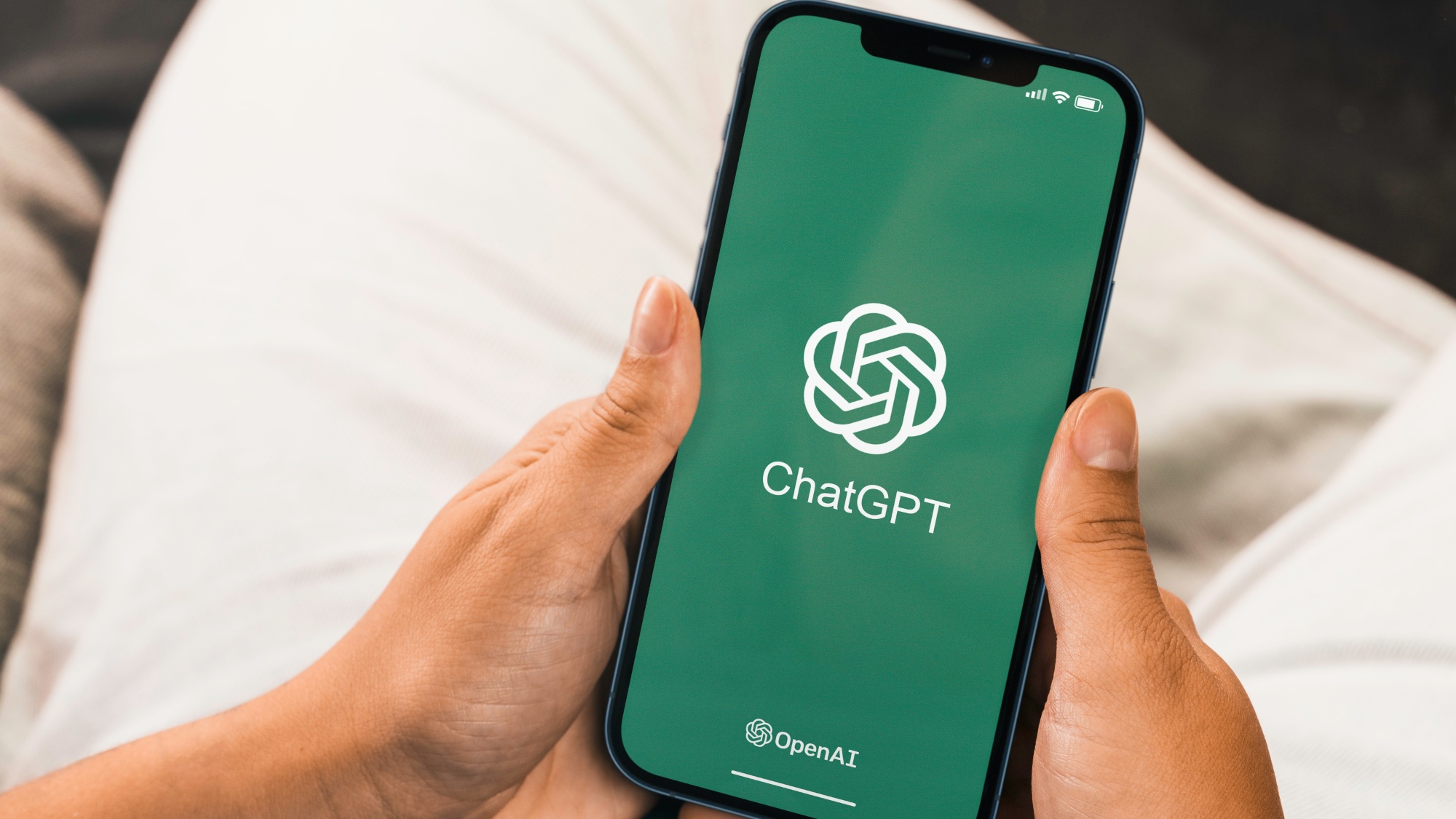
OpenAI hasn’t shared official details yet, but early patterns and platform updates give us some hints about what GPT-5 might bring.
OpenAI is famously tight-lipped about upcoming releases, but they also leave trails. Whether it’s subtle product updates in ChatGPT or cryptic comments from Sam Altman himself, the lead-up to GPT-5 has been filled with breadcrumbs.
Here are the most convincing theories we’ve seen:
1. GPT-5 will unify everything
Multiple sources suggest OpenAI may collapse multiple models (like GPT-4, GPT-4-turbo, and GPT-4o) into one super-capable default. This means no more switching, just one model that adapts intelligently.
2. It will be more “agentic”
Rumors point to GPT-5 being able to decide when to think deeply before answering. That could lead to fewer hallucinations, better logic, and more thoughtful responses overall.
3. It can build things — fast
Based on developer chatter and AI demos, GPT-5 may dramatically improve code generation. Some insiders say it can spin up full apps or APIs with minimal input, not just copy-paste code, but actual functioning software.
4. It might “feel” more human
While vague, this is the most repeated claim we’ve seen. Beta testers say GPT-5 just… gets it. Tone, nuance, even pacing. More like talking to a person than a machine.
GPT-5 vs GPT-4.5: What’s actually different?
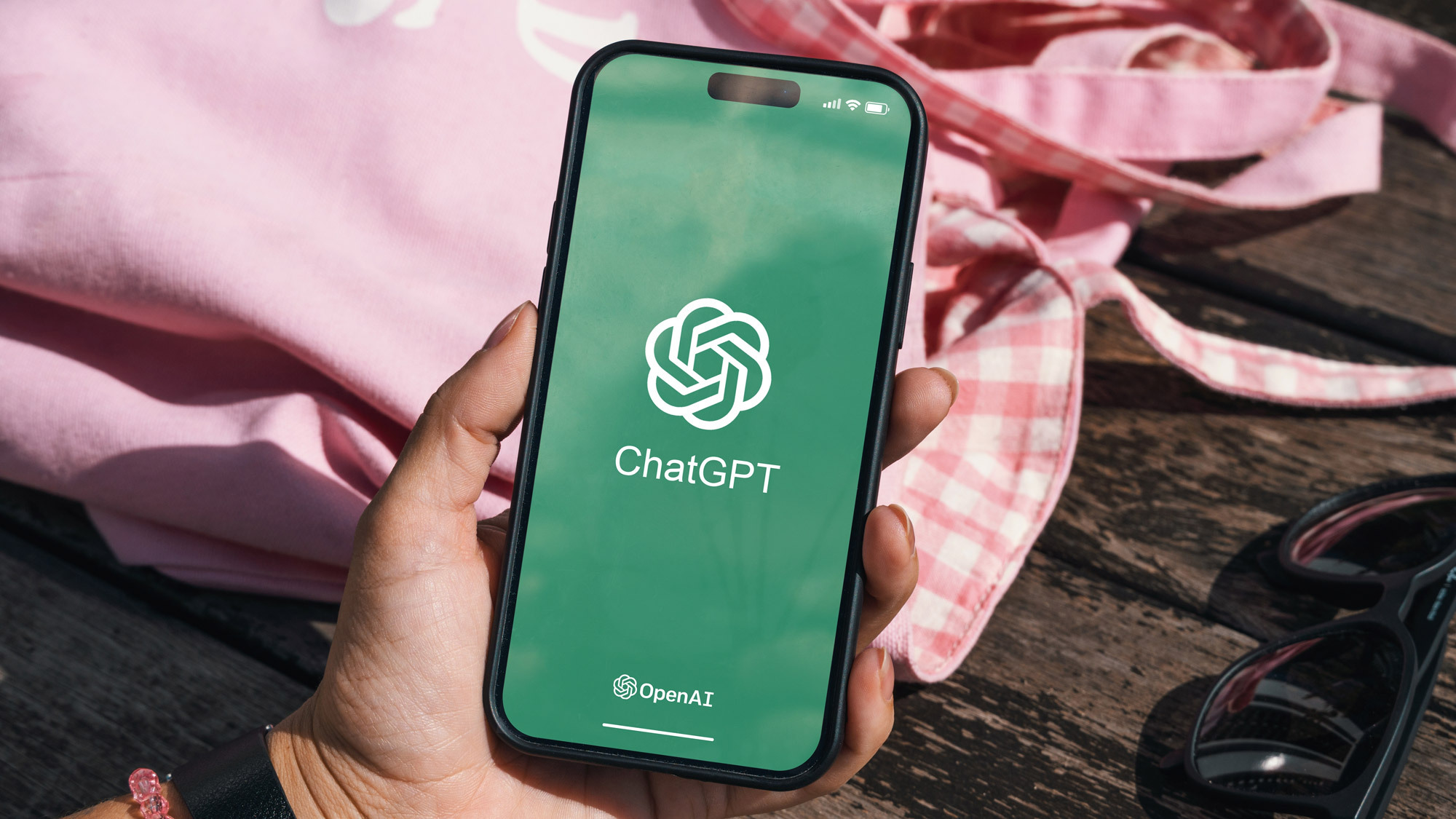
If you barely noticed when GPT-4.5 rolled out, you're not alone. It was a solid upgrade; offering faster responses, better voice and vision integration and expanded memory, but it didn’t feel like a leap. GPT-5, however, might just be that leap.
While OpenAI hasn’t officially released full specs, what we do know is that GPT-5 represents a shift toward deeper reasoning, safer responses, and a more seamless multimodal experience. In other words: it's faster and smarter.
GPT-4.5, sometimes referred to as GPT-4-turbo, improved latency and cut costs, making it great for rapid queries and light conversational tasks. But GPT-5 appears to go further. Leaks and developer chatter suggest it’s designed to think more, offering richer context, improved memory usage and more structured, step-by-step answers. Instead of just giving you an answer, it tries to give you the best answer.
Safety is another focus. While 4.5 refined guardrails, GPT-5 may take it further, providing clearer refusals when appropriate and more thoughtful handling of sensitive topics, rather than abrupt “I can’t help with that” dead-ends. The goal? An AI that’s not just compliant, but constructively helpful.
Multimodal capabilities could also see a bump. GPT-4.5 introduced voice and image understanding, but GPT-5 is expected to tighten the integration, making it easier to switch between text, images, and audio in real time.
The bottom line: If GPT-4.5 was a performance patch, GPT-5 is shaping up to be a version jump. For the first time in a while, users may feel a real difference, whether they’re coding, planning, writing or just chatting.
ChatGPT-5 is rumored to be safer — what this means and why it matters
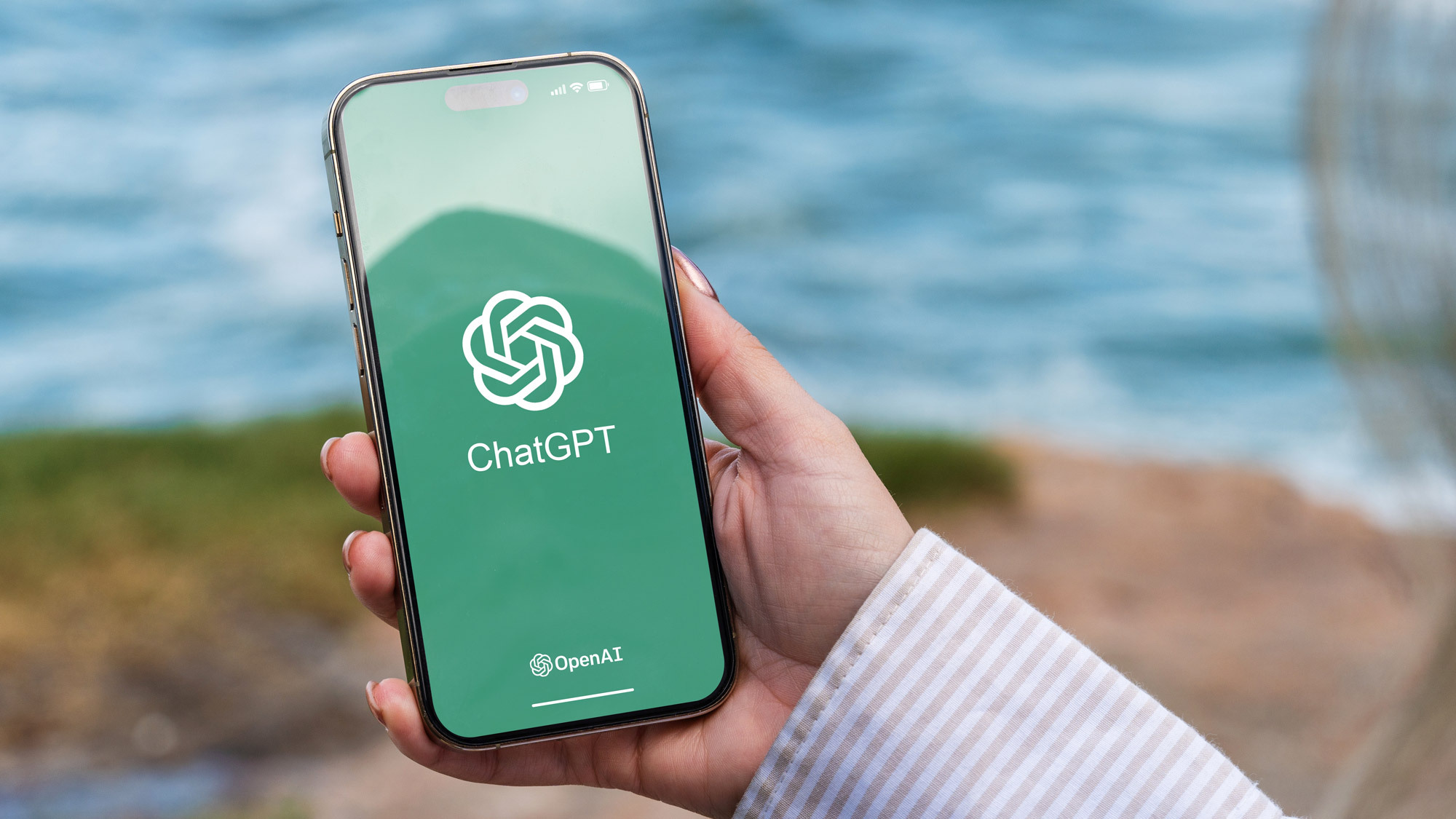
One of the most subtle yet meaningful upgrades rumored for GPT-5 is something called “safe completions.” But what does that really mean and why should you care?
In previous versions of ChatGPT, asking certain questions might get you a hard stop: “I can’t help with that.” Or, worse, an unhelpful or overly cautious response that left you more confused than informed. This was part of OpenAI’s efforts to keep responses safe, but the trade-off was often lost nuance.
Safe completions aim to change that. Instead of defaulting to a refusal or giving a vague, overly sanitized answer, GPT-5 is designed to engage within safe boundaries. If it can’t help directly, it might explain why. If a question is sensitive but valid, like asking how to talk to a doctor about symptoms, it will guide you thoughtfully, not shut you down.
This matters because generative AI is becoming more than a toy or a novelty. It’s a tool people use for real-world decisions, from writing emails and debugging code to managing health conversations and scheduling life events. And with that comes a responsibility to respond not just safely, but usefully.
Safe completions strike that balance. They help prevent misinformation or harmful advice, but they do so without making the user feel stonewalled. It’s about providing clarity, not censorship.
As AI becomes more embedded in our daily lives, trust is everything. Safe completions are one step toward building that trust, helping users feel confident that their AI won’t just avoid danger, but actually help them navigate it.
How ChatGPT-5 could set the bar for all other chatbots
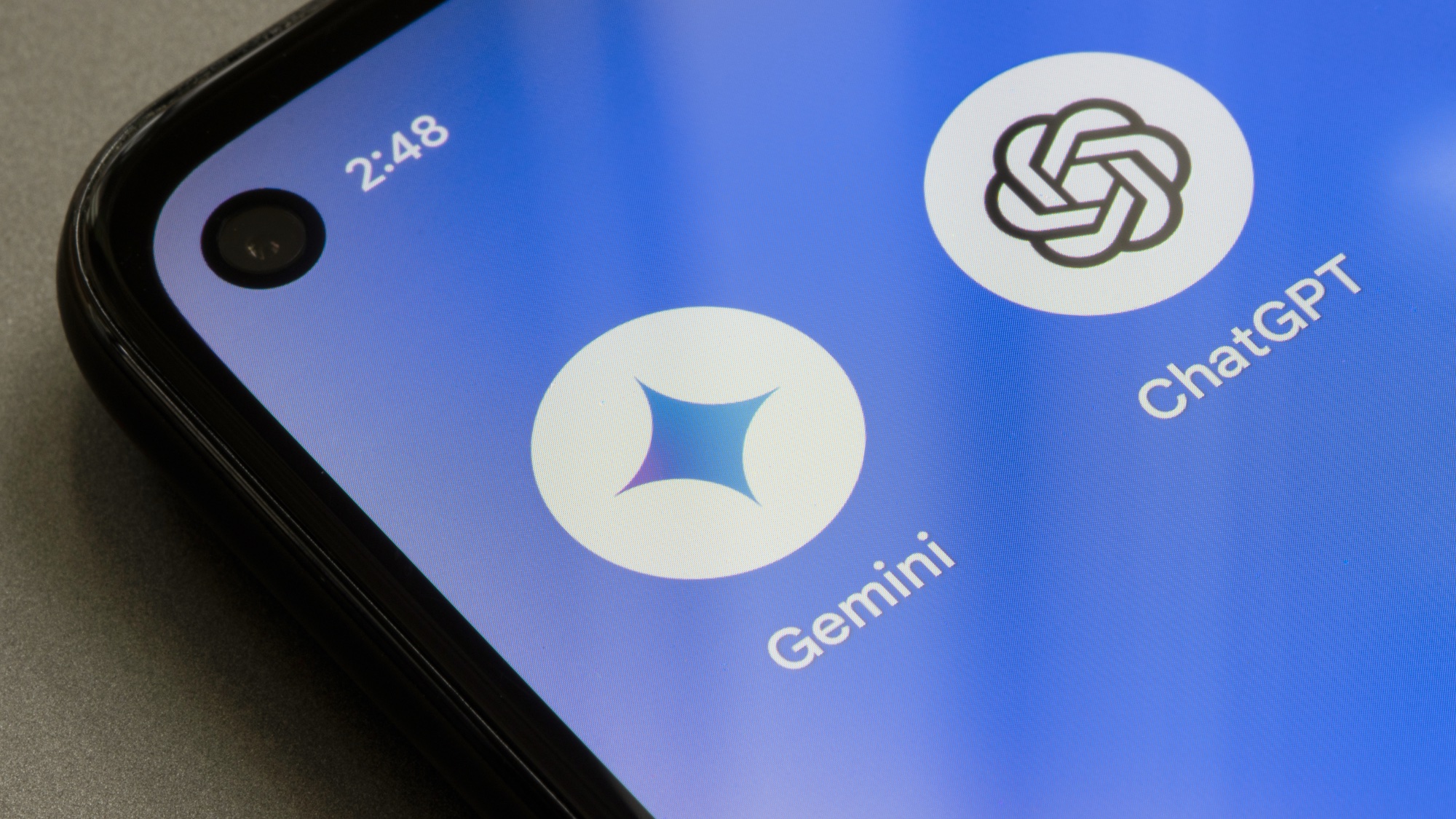
We are now about 30 minutes away from the launch of GPT-5. While this is a milestone for OpenAI, it could be the moment the entire chatbot landscape shifts. While GPT-4.5 brought incremental improvements, early buzz around GPT-5 suggests this version could establish a new gold standard in speed, reasoning, and versatility.
One of the biggest differentiators? Unified intelligence. GPT-5 reportedly collapses the need to choose between different models, a move that not only simplifies the user experience but raises the baseline for what any AI assistant should deliver. If GPT-5 truly provides the “best answer, every time,” other AI tools will have to meet that same level of reliability and accuracy to stay relevant.
Then there’s personalization. With rumors swirling about customizable personalities, voice upgrades, and integrations with personal data (like Gmail and Google Calendar), GPT-5 is inching closer to being a true digital assistant; not just a smart search tool. That’s a bar few other chatbots, even from giants like Google or Anthropic, have reached.
Developers are also watching closely. Reports of multiple GPT-5 variants (mini, nano) suggest OpenAI is catering to different latency and cost requirements, opening the door for widespread adoption across apps and services. If GPT-5 proves to be not only powerful but scalable, it may dominate developer preference too.
In short, GPT-5 could do for chatbots what the iPhone did for smartphones: raise expectations across the board. As soon as users experience a model that’s faster, safer, and more capable across writing, coding, and scheduling, anything less might feel outdated.
The ripple effect is coming. Whether rivals catch up or fall behind, GPT-5 may be remembered as the moment the chatbot race truly changed.
Wait, will GPT-5 have a 1 million token context window? Not quite.
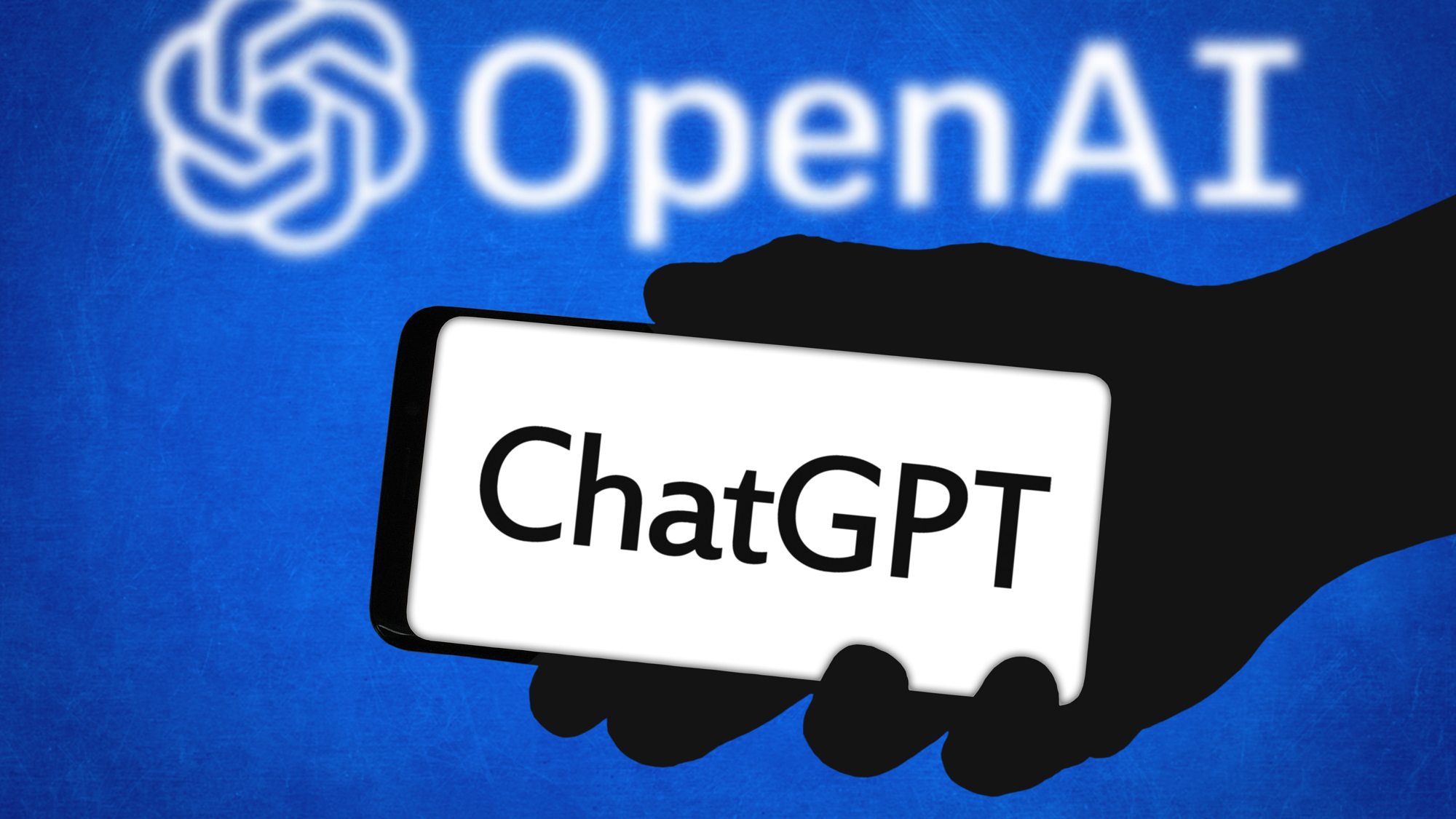
While GPT-5 boasts an impressive 256K token context window; enough for deep conversations, long documents and complex multi-step reasoning, it’s not the model with the largest “memory.” That honor still belongs to GPT-4.1, which supports up to 1 million tokens, making it ideal for enterprise users, researchers, and anyone working with large codebases or vast datasets.
But what exactly is a token?
In AI terms, a token is a small unit of text, typically a few characters or a word. For example, the sentence “ChatGPT is amazing!” breaks down into about five tokens. So a 256K token context window allows GPT-5 to handle the equivalent of roughly 300,000–500,000 words in a single prompt and response session.
That’s longer than most novels, and plenty of room for real-world tasks like drafting proposals, analyzing transcripts, summarizing papers, or building full apps with clean documentation.
GPT-5 doesn’t just remember more — it also reasons better. You’ll get faster, more accurate results with less prompting, especially for complex coding, writing, and health-related questions.
Still, if your workflow depends on ultra long-context memory, like uploading entire books, legal contracts, or massive technical documentation, GPT-4.1 remains the model built for that job.
In short: GPT-5 is a big leap for most users, but GPT-4.1 still leads when it comes to sheer memory capacity.
GPT‑5 in the AI arms race: who’s catching up?
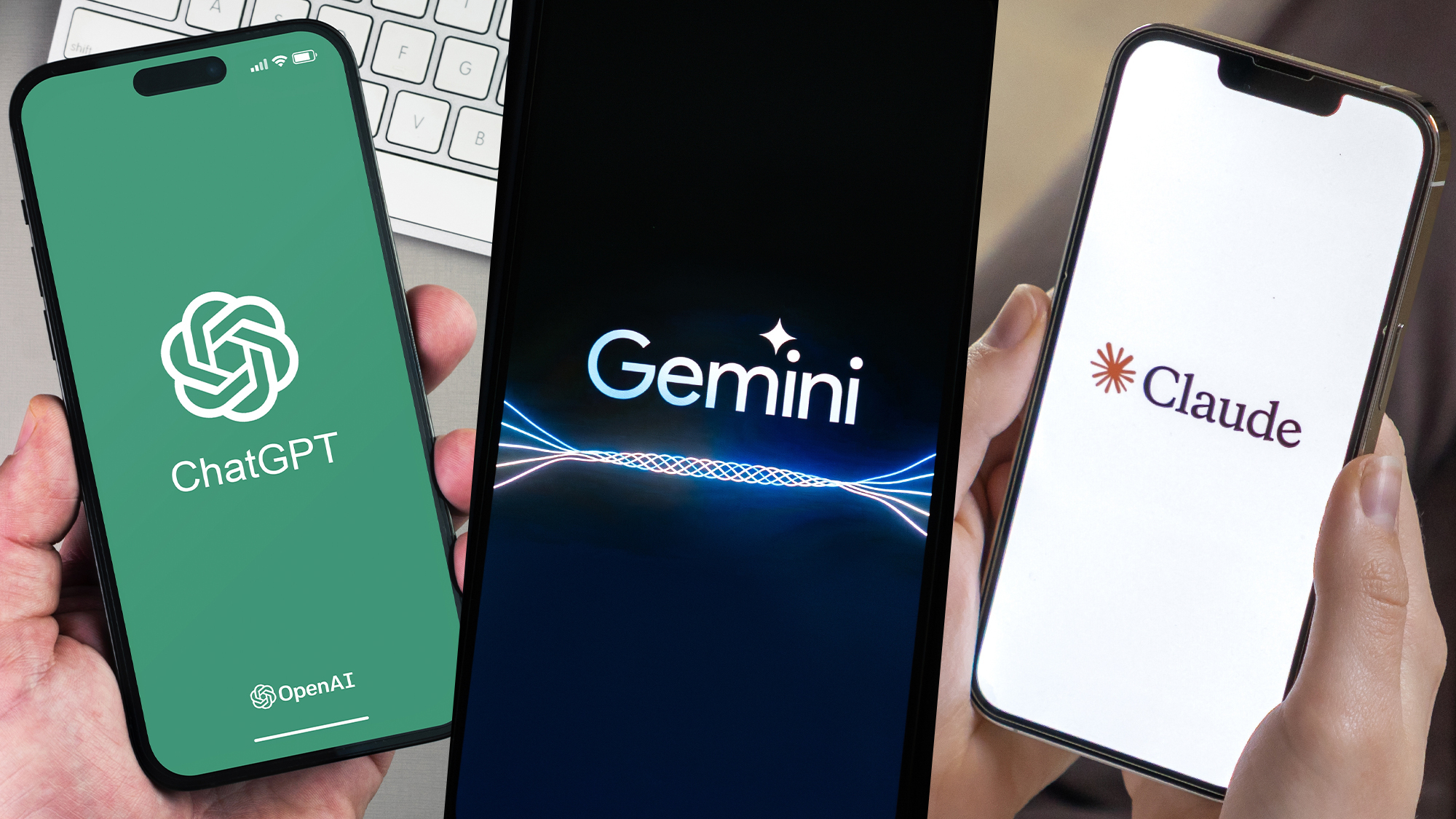
With about 15 minutes until OpenAI just dropps GPT‑5, let's take a look at the AI arms race heading up. Rivals like Google, Anthropic and xAI are racing to keep pace. But with GPT‑5’s new capabilities, the question now is: who’s actually ahead?
GPT‑5 is rumored to blend speed, accuracy and safety into one unified experience. It improves coding, health guidance, writing and reasoning, without the need to toggle models.
The rumored new "safe completions" feature is especially noteworthy, giving more helpful responses within safety boundaries while explaining refusals with transparency.
Meanwhile, ChatGPT’s growing personalization, complete with potential Google account integrations, pre-set personalities and chat customization, pushes it closer to being a true digital assistant, not just a chatbot.
So how do others compare?
Google Gemini 1.5 Pro still leads in raw context size (1M tokens), but GPT‑5’s 256K context window, paired with stronger reasoning and natural conversation, keeps it competitive.
Anthropic’s Claude 3.5 Sonnet impressed with coding and analysis, but OpenAI’s new developer tools (like free-form function calling and verbosity control) close the gap fast.
xAI’s Grok, despite Twitter/X integration, lacks the broad feature set and workflow adaptability of GPT‑5.
Microsoft, OpenAI’s biggest partner, is reportedly preparing its own response with a new “Smart Mode” in Copilot, a potential GPT‑5 integration that could change how users experience Windows entirely.
Add to that the leaked GitHub entry pointing to smaller GPT‑5 variants (like Mini and Nano), and it’s clear OpenAI is preparing for edge devices and lower-latency tasks too.
Right now, GPT‑5 might not win on every metric,but it’s setting the pace. Whether others catch up may depend not just on model quality, but how quickly they adapt to user-first, assistant-style design.
GPT-5 just launched — here’s everything that’s new
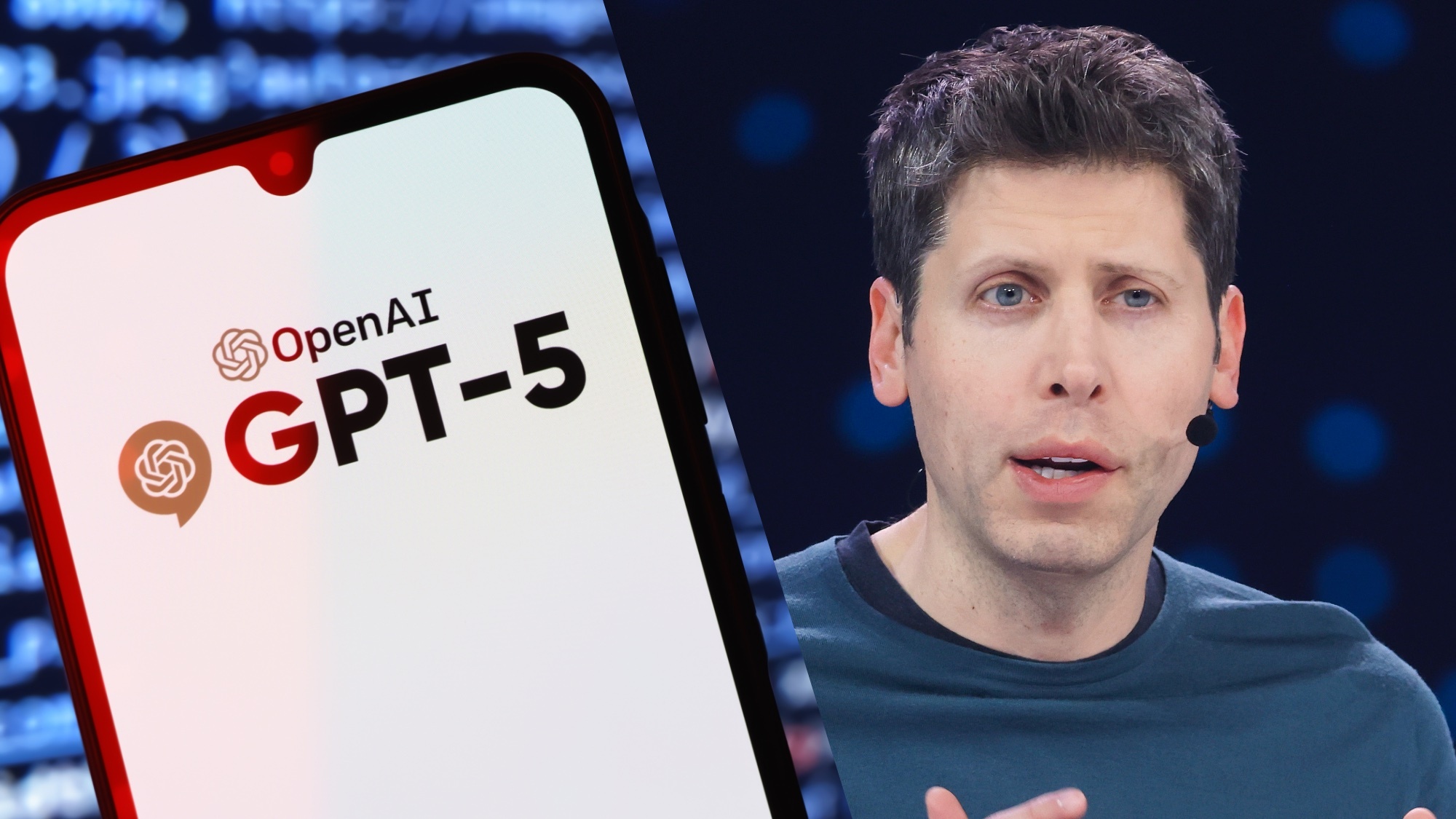
It’s official: GPT-5 is here. OpenAI just launched its most powerful model to date, and the update brings sweeping improvements across ChatGPT, the API, and developer tools — all designed to make the experience smarter, safer, and more personal.
Rather than switching between models, GPT-5 introduces a unified system that automatically gives you the best version of ChatGPT, no matter your prompt. It’s faster, more accurate, and significantly better at real-world tasks like writing, coding, and even health-related queries.
One standout addition is safe completions, a new behavior where ChatGPT aims to give the most helpful response possible within clear safety boundaries — and explains why if it can’t assist. It’s a big step toward more transparent and trustworthy AI.
On top of that, OpenAI is making ChatGPT feel more like your assistant with personalization upgrades and account integrations.
Here’s what’s new in ChatGPT with GPT-5:
- Smarter reasoning with fewer hallucinations
- Safe completions for clearer, more helpful replies
- Stronger coding and frontend design skills
- Improved writing tools for real workflows
- Best-ever model for health-related guidance
- Chat color customization (exclusive options for paid users)
- Pre-set personalities like Cynic, Robot, Listener & Nerd
- Gmail, Google Calendar, and Contacts integration (Pro first)
- Voice improvements with adaptive tone and expanded access
- Unified Voice Mode coming to all users soon
- Developers also get major upgrades, including free-form function calling, verbosity control, and a 256K token context window.
- GPT-5 is rolling out now to all tiers, including Free, Plus, Pro, and Team users — with usage limits depending on your plan.
GPT-5 is here — and it feels like a leap in AI intelligence, speed and usefulness
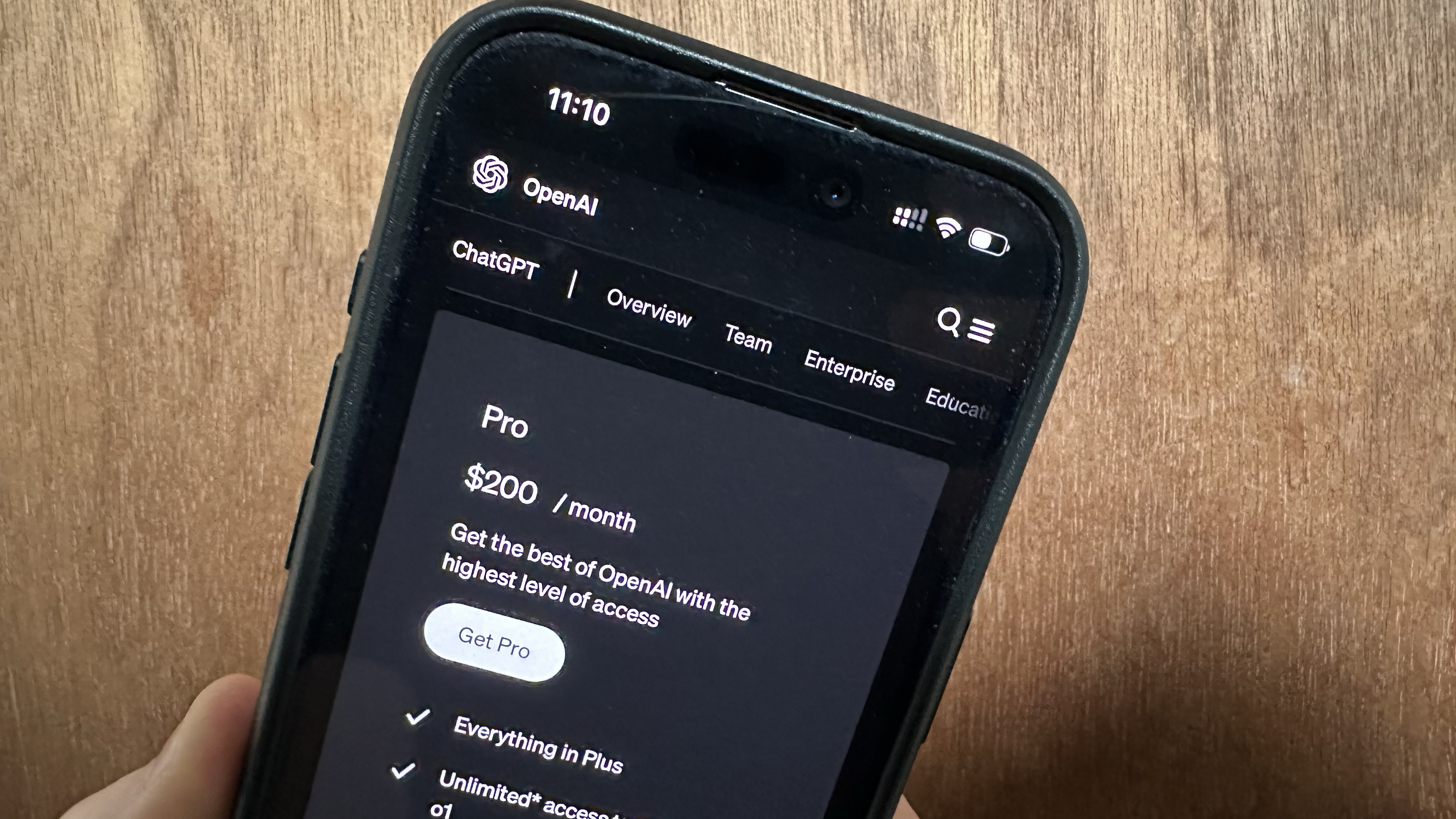
OpenAI’s GPT-5 is already being described as a transformative experience. So much more than a model upgrade, this new model is a fundamental shift in how people will interact with AI.
During the briefing, Sam Altman compared switching back to GPT-4 after using GPT-5 to going from a Retina display back to a pixelated screen:
“Once I used GPT-5, I tried going back to GPT-4 and it was quite miserable. It reminds me of when the iPhone went from pixels to Retina display.”
That analogy sets the tone for what GPT-5 represents: a new standard. While GPT-3 felt like a high school student (sometimes right, sometimes off) and GPT-4 like a capable college grad, GPT-5 is being described as an actual expert: faster, sharper and inexplicably human.
GPT-5 is smarter and faster than ever
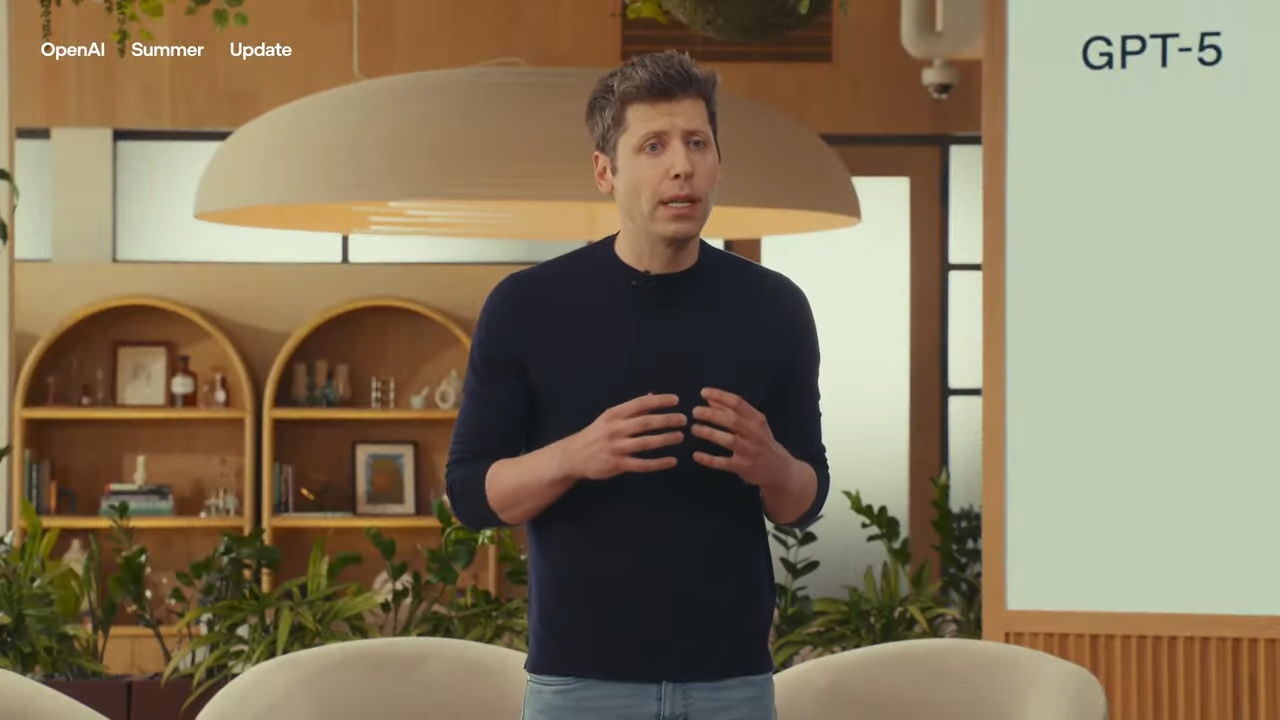
GPT-5 is now the default model across ChatGPT, collapsing the need to switch between different versions. It’s available to everyone, with Plus and Pro users receiving significantly more usage and free users reverting to GPT-4 after using their GPT-5 allocation.
According to OpenAI, GPT-5 is:
The most useful model yet
More accurate
Hallucinates less
Thinks faster
Delivers clearer, more profound responses
In fact, CEO Sam Altman described the speed of GPT-5 as psychologically disorienting; so fast it makes you question whether it’s thinking at all. But it is. And the answers are better than ever.
“It just knows when to think,” he said. “It delivers profound responses at astonishing speed.”
Feels more human — but even OpenAI can’t explain why

While GPT-5 introduces major upgrades under the hood, what really stands out to users is something more intangible: it feels human. The tone, pacing, reasoning and depth all feel more natural and less machine-like.
“It’s hard to put into words or quantify. It just truly feels more human.”
You can now comfortably use GPT-5 in ways you wouldn’t have trusted previous models, including extended planning, nuanced conversations, and creative work that requires emotional intelligence or domain expertise.
On-demand software creation
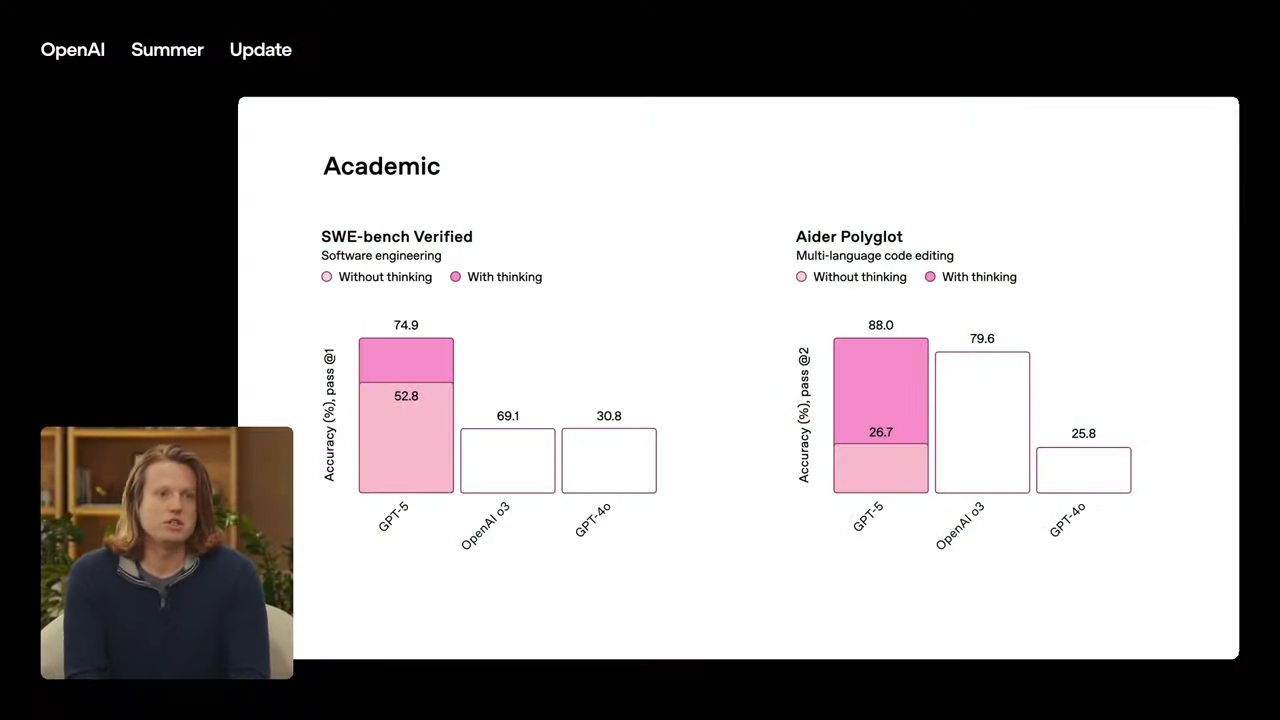
One of GPT-5’s most groundbreaking abilities is its improved code generation. It can now:
Build software on demand
Spin up apps with minimal prompting
Create and explain APIs from scratch
Support complex “vibe coding” workflows where users describe what they want and the AI builds it
The implication is clear: coding is no longer reserved for coders. GPT-5 puts software creation into the hands of anyone with an idea and a keyboard.
OpenAI showcased a live demo where GPT-5 created a game to help users learn French; a clear example of how the model blends logic, language, and creativity.
GPT-5 is most reliable, most factual model ever

GPT-5 reduces hallucinations, or inaccurate, made-up responses, through several major improvements in how it processes information and generates answers. Here’s a breakdown of how it works:
1. Improved reasoning engine
GPT-5 features a more advanced internal reasoning architecture compared to previous models. Instead of quickly generating surface-level responses, it now weighs more potential answers in parallel before responding. This means it can better validate facts internally and reduce the chance of producing something that “sounds right” but isn’t.
2. Contextual awareness
With a 256K token context window, GPT-5 can keep track of more information in a single conversation — including long documents, prior user messages, or detailed background. That expanded memory reduces the chance of it contradicting itself or inventing information to fill in gaps.
3. Safer completions system
GPT-5 uses a new safe completions framework. Rather than refusing a prompt entirely or blindly responding, the model now tries to give the most helpful and accurate response within a safety boundary. If it can’t answer something reliably, it tells you why, reducing risky guesses.
4. Better training data and filtering
OpenAI has invested in filtering training data more rigorously, which helps eliminate low-quality or misleading sources that could lead to hallucinations. GPT-5 also benefits from broader human feedback and reinforcement learning on factual correctness.
5. Agentic decision-making
On the backend, GPT-5 is better at planning its responses step-by-step. This “chain-of-thought” reasoning helps it catch logical errors before they appear in your chat window.
Bottom line: GPT-5 still isn’t perfect (no AI model is) but it’s significantly more trustworthy, especially in critical areas like health, coding, and research. You get fewer hallucinations, more transparency, and smarter guardrails.
What the GPT‑5 system card reveals — and what it means for you
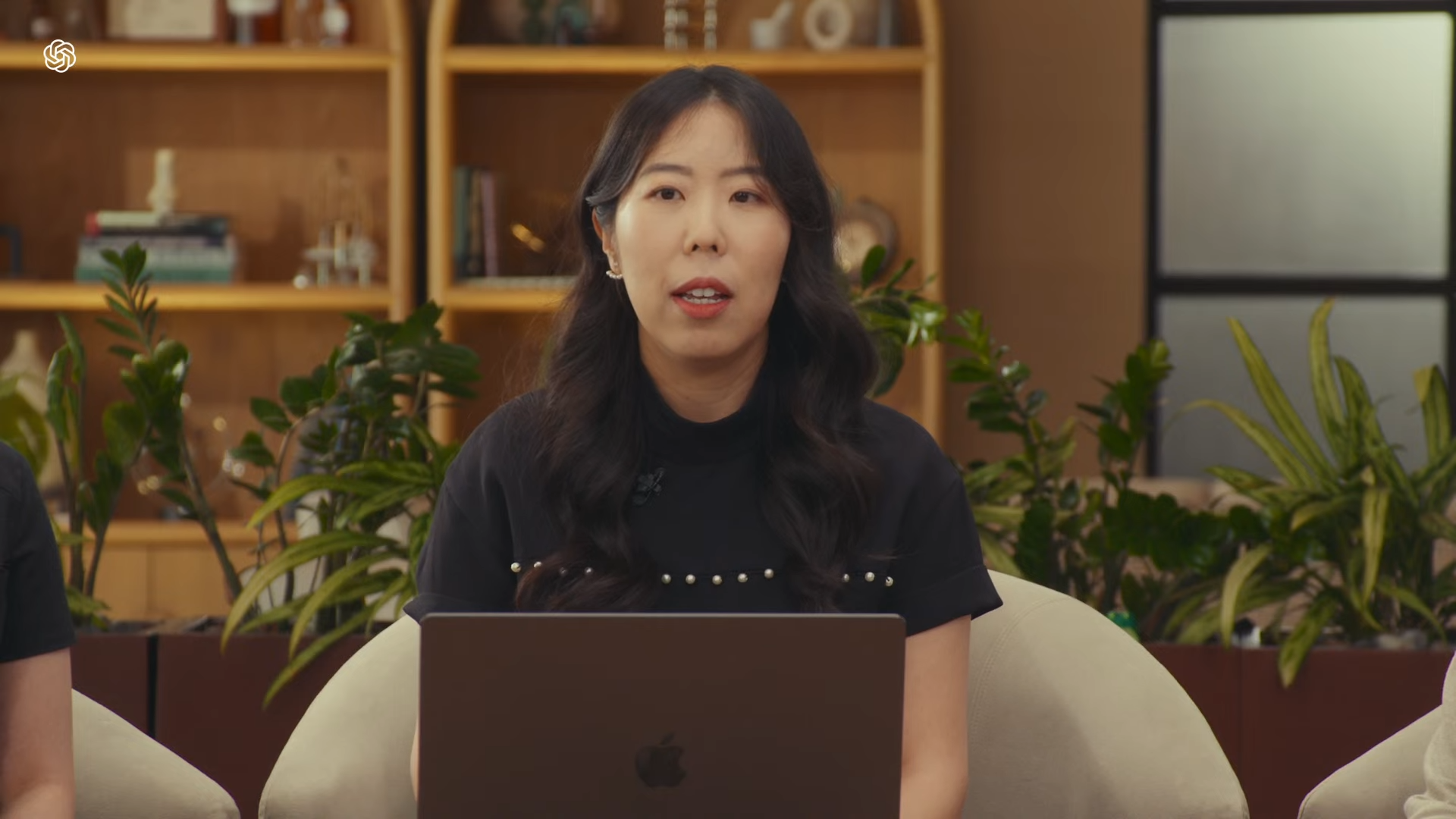
OpenAI’s newly published system card for GPT‑5 offers insight into how the model delivers better performance, safety, and usability and why it matters for everyday users and developers alike.
Hallucinations reduced
After extensive offline testing, GPT‑5—specifically its “thinking” variant—demonstrated up to a 65% reduction in hallucinations compared to the prior o3 model and 26% fewer than GPT‑4o. That means fewer invented facts and more credible answers.
Health model improvements
Benchmark comparisons using HealthBench Hard show GPT‑5 scores significantly better than previous models, delivering more accurate and trustworthy health-related guidance.
Updated safe modes
GPT‑5 introduces "safe completions," where it will attempt to respond helpfully within safety boundaries—and transparently explain when it can't comply . This approach reduces risks around sensitive or ambiguous queries.
Smarter reasoning
Enhanced logic and self-evaluation mean GPT‑5 can handle more complex queries with fewer errors, benefiting workflows in writing, coding, scheduling, and even health conversations.
Trust in AI responses
With less hallucination and more explainable refusals, users can rely on GPT‑5 for clearer, safer answers, important for parents, professionals, and anyone seeking factual clarity.
A foundation for smart assistants
These system-card insights reinforce why GPT‑5 is a leap toward AI not just as a tool, but as a transparent, helpful and responsible assistant you can trust with real-world tasks.
GPT‑5: A unified leap forward
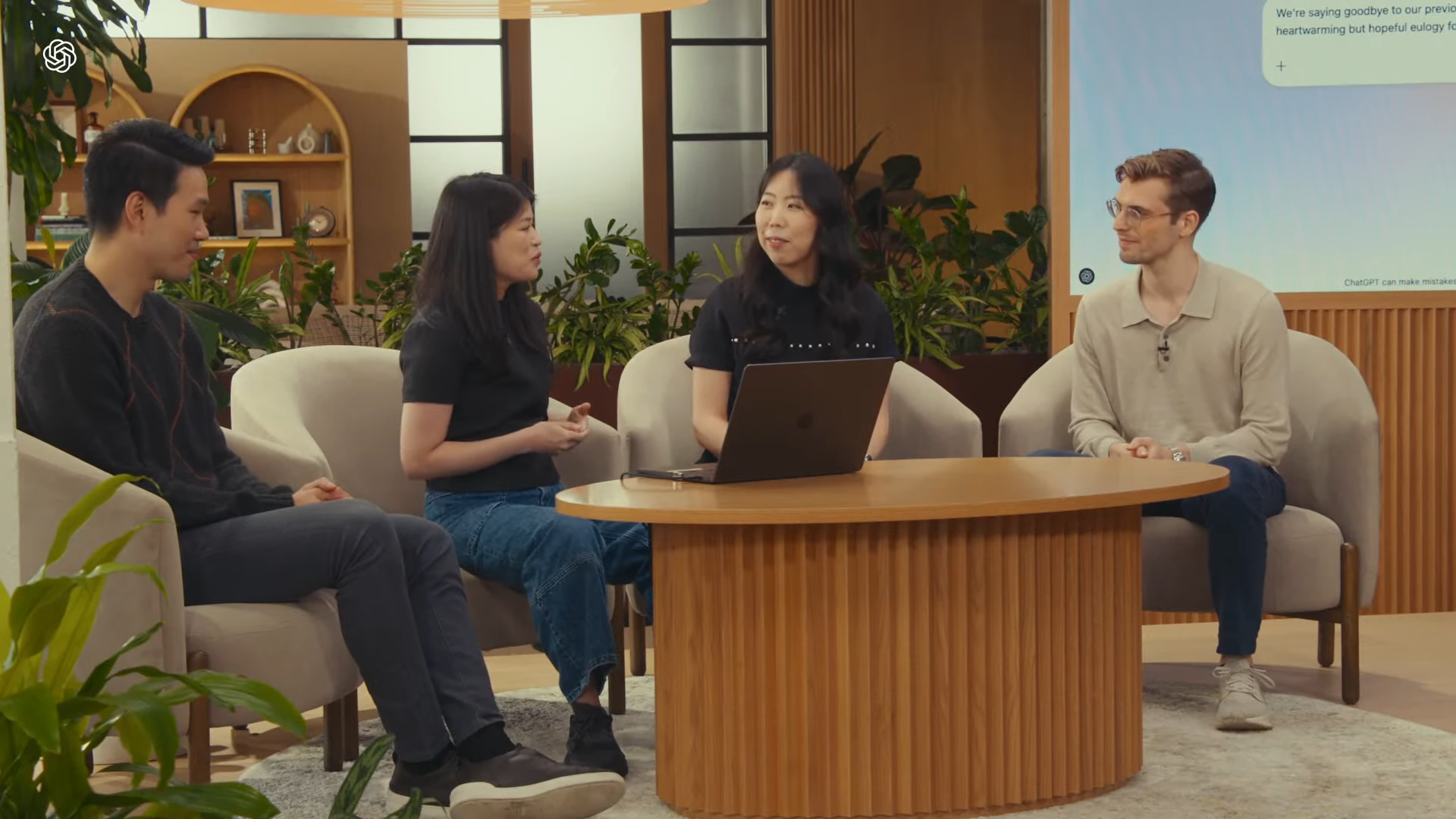
GPT-5 arrives as OpenAI’s most powerful AI model yet, but what really sets it apart isn’t raw power; it’s unity.
Gone are the days of choosing between GPT-4, Turbo, or o-series models. GPT-5’s single intelligent engine seamlessly delivers the best answer every time, no model selection needed.
It’s faster, more accurate, and exhibits stronger reasoning with significantly fewer hallucinations.
Whether you’re coding, drafting documents, or seeking health guidance, GPT-5 adapts, learns context, and offers clearer, more helpful responses.
Notably, the safe completions feature fosters trust by attempting helpful answers within safety parameters, rather than defaulting to flat refusals.
GPT‑5’s coding revolution
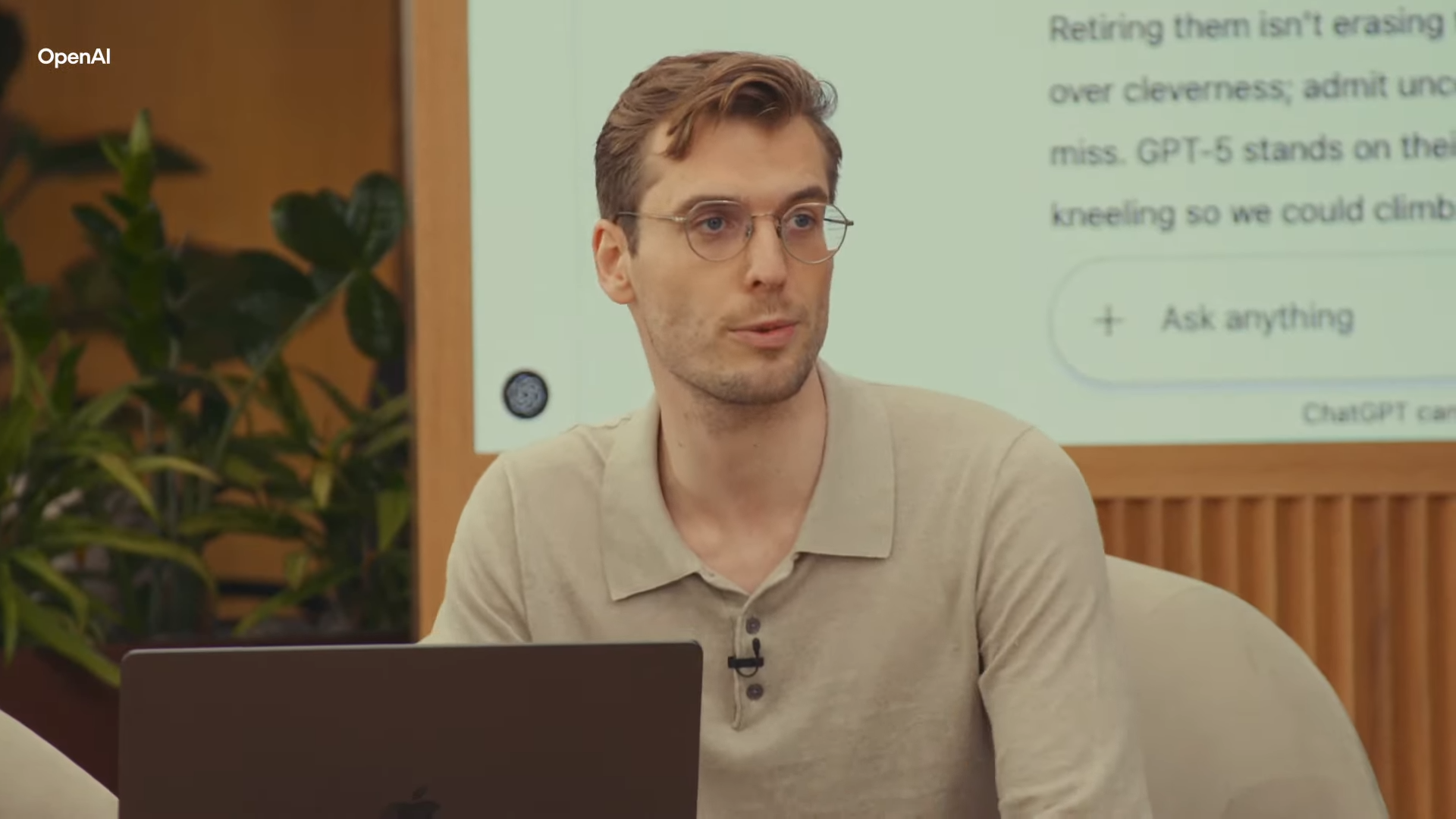
Developers, take note: GPT-5 is perhaps the most game-changing model yet for coding. Recognized as a top performer on benchmarks like SWE-Bench, GPT-5 can generate entire websites, apps, and games from simple prompts, even without developer knowledge.
It excels in frontend design, debugging, and building clean, functional code. New API capabilities like free-form function calling, verbosity control and reasoning-level toggles mean developers get smarter, clearer help when they need it.
Plus, with three versions (mini, nano, standard), GPT-5 broadens access, from fast, low-latency tasks to full-scale collaborators. This is AI turning ideas into executable code, with ease.
Smarter health conversations — with caution
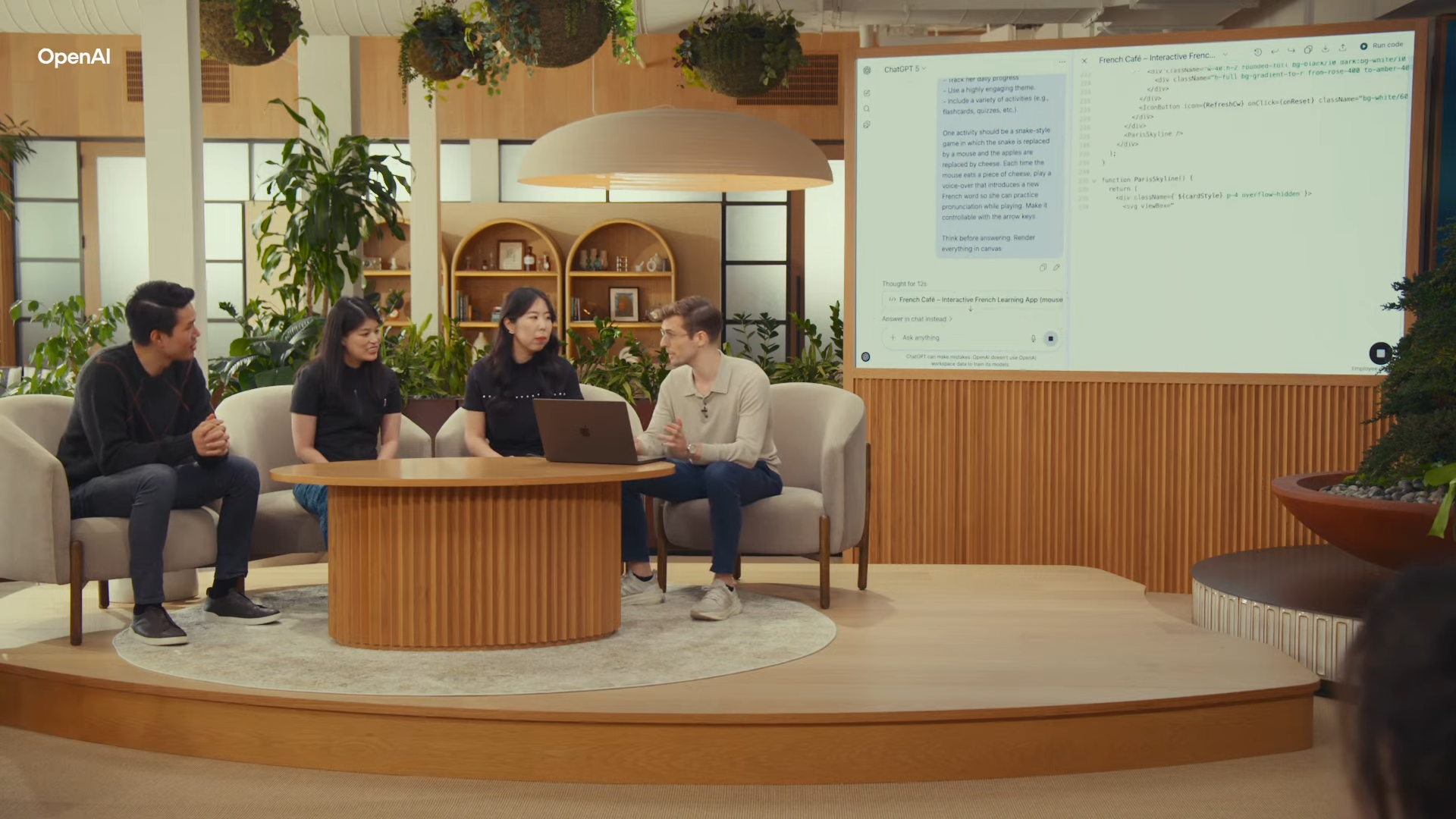
GPT-5 brings its best health-related performance yet — but let’s be clear: it does not replace medical professionals.
What it does offer is smart support. The model is tailored to flag concerns, ask the right questions before appointments, help interpret results and adapt advice by context, geography and knowledge level.
And with fewer hallucinations and an emphasis on safe completions, it avoids overpromising. Think of it as a preparatory guide. It's a safer, more responsible and helpful chatbot.
What industry customers are saying after testing GPT-5

Michael Truell, Co-Founder & CEO at Cursor – “Our team has found GPT-5 to be remarkably intelligent, easy to steer, and even to have a personality we haven’t seen in any other model. It not only catches tricky, deeply-hidden bugs but can also run long, multi-turn background agents to see complex tasks through to the finish—the kinds of problems that used to leave other models stuck. It’s become our daily driver for everything from scoping and planning PRs to completing end-to-end builds.”
Edison Zhang, Engineering Lead at Windsurf – “GPT-5 is SOTA on our internal evals which measure model performance on real world software engineering tasks. We’re also seeing that the model has half the tool calling error rate over other frontier models. It’s consistently able to solve complex tasks in a coherent, understandable way.”
Kirill Skrygan, CEO at JetBrains – “GPT-5 is a game changer for coding. Set as a default model, it’s shown more than 1.5× improvements to the performance and quality of JetBrains AI Assistant and the coding agent Junie. For our new no-code platform Kineto, GPT-5 doubles end-to-end quality in design, frontend, and overall experience of the apps it builds.”
Thomas Dohmke, CEO, GitHub “In our evals, we found that OpenAI’s GPT-5 builds on and exceeds o3's advanced reasoning capabilities, enabling developers to tackle more complex problems — from refactoring to navigating large codebases. We’re excited to bring it to GitHub Copilot, empowering millions of developers to harness this new intelligence and solve for the bigger picture.”
Eno Reyes, Co-Founder & CTO at Factory – “GPT‐5 is exceptional at planning and long‐context reliability, particularly for executing complex refactors asynchronously with Factory's Code Droid. It has powerful agentic capabilities, strengthening the Code Droid's ability to map impact, gather context meticulously, propose a stepwise plan, produce precise diffs, update tests, and run CI.”
Sabrina Farmer, CTO at GitLab – “GPT-5 delivers exceptional performance for complex software engineering tasks. The model consistently requires fewer tool calls to solve problems while producing more robust, maintainable code. GPT-5's reliability and efficiency give us confidence in deploying it.”
Guy Gur-Ari, Co-founder and Chief Scientist, Augment Code – “GPT-5 is a state-of-the-art coding model. It’s particularly good at cross-file reasoning and dependency resolution, and very good at making large code changes with caution and explicit validation. We see it as a strong choice for large-context scenarios, especially when changes span multiple files and require understanding project-wide constraints.”
Guillermo Rauch, CEO and Founder at Vercel– “GPT-5 passed all benchmarks we threw at it. Our early impressions when using it for v0.dev are that it’s the best frontend AI model, hitting top performance across both the aesthetic sense and the code quality, putting it in a category of its own. It excels at the intersection of hard computer science and the artistic sense, and marks a leapfrog moment from the old days of simple code completion to full-stack applications that work across devices and screens."
Scott Wu, Co-Founder & CEO, Cognition – “GPT-5 represents a huge step up over previous OpenAI models, such as GPT-4.1 We believe GPT-5 is at the frontier of agentic ability and shines on tasks that require complex code understanding. On our junior SWE evals, GPT-5 is particularly strong at code exploration and planning.”
Yichao ‘Peak’ Ji, Co-Founder and Chief Scientist at Manus – “GPT-5 is a big step up. It achieved the best performance we’ve ever seen from a single model on our internal benchmarks. GPT-5 excelled across various agentic tasks—even before we tweaked a single line of code or tailored a prompt. The new preambles and more precise control over tool use enabled a significant leap in the stability and steerability of our agents.”
Oscar Mullin, VP of Technology at Mercado Libre – “GPT-5 delivered the strongest performance across all evaluated models. Tool execution precision improved by 9% over o4-mini and 36% over GPT-4.1, and combined tool and message accuracy increased by 24% and 47%, respectively. The new 'verbosity' parameter is key to getting answers with the right level of detail, improving the model’s response quality.”
Abishek Modi, AI Engineering Lead at Notion – “GPT-5 strikes a great balance between intelligence and speed. As the first reasoning model we’re bringing to Notion AI, it delivers stellar results for long-horizon tasks, with a 15% higher success rate than we’ve seen before. Its rapid responses, especially in low reasoning mode, make GPT-5 an ideal model when you need complex tasks solved in a one shot.”
Kay Zhu, Co-Founder & CTO at Genspark – “GPT-5 achieved a 79% satisfaction improvement over GPT-4.1 on Genspark’s Super Agent benchmark, which tests complex tool use and challenging end-to-end tasks. It also cut unsatisfactory responses by 34% compared to our live system, which is critical for reliability. GPT-5 also shows far stronger creative judgment in HTML and PowerPoint generation—producing more polished, modern designs and showing better instruction-following.”
Oscar Mateos Ventura at Inditex – “GPT-5 doesn’t just respond—it anticipates. The model proactively analyzes context and delivers recommendations before you even think to ask, saving countless iterations. Its precision in interpreting prompts is astounding, allowing for exact control over tone, scope, and structure. But what truly sets it apart is the depth of its reasoning: nuanced, multi-layered answers that reflect real subject-matter understanding. GPT-5 feels less like a tool and more like an expert collaborator who’s always one step ahead.”
Shashi Upadhyay, President, Product, Engineering and AI at Zendesk – “At Zendesk, we’reintegrating GPT-5 directly into our production workflows. In our AI Agents, it delivers more complete responses with fewer missed details, reducing fallback escalations by over 20%. In App Builder, it’s 25–30% faster and enables up to 3–4x more prompt iterations per minute—dramatically speeding up development for our customers.”
Danny Wu, Head of AI Products at Canva – “GPT-5 represents a meaningful leap in intelligence. We're especially impressed by its capabilities in coding, multi-step tasks, and agentic systems, with our evals showing a 44% improvement in the successful completion of complex tasks."
Taroon Mandhana, SVP, Head of AI & Product Engineering at Atlassian – “In testing, GPT-5 has excelled at multi-agent orchestration and coding. It handles ambiguity with ease, clarifies user intent, and sequences subagents effectively to complete complex, multi-step tasks—including deep research. Across scenarios, it delivers high-quality solutions with greater token efficiency, making it a powerful tool for reasoning-heavy developer workflows.”
Elena Alfaro, Head of Global AI Adoption at BBVA – "GPT-5 marks a significant leap forward for us at BBVA, not only in how our people interact with AI thanks to deeper responses that are more useful, but also in advancing our aspirations toward multi-step agent automation. GPT-5 is showing real promise, especially when it comes to writing code and handling technical tasks like those needed in order to automate workflows. In one case, the model in ChatGPT even helped us accomplish a very strategic task that would have taken 2-3 weeks to just a couple of hours, with amazing proactivity. GPT-5 also stood out for its speed and handling of Spanish, beating older models on accuracy and working twice as fast." -
Elena Alfaro, Head of Global AI Adoption, BBVA Jai Malkani, Global Head of Products, Customer Obsession, Uber – "At Uber, we’re constantly pushing the frontier of what’s possible with AI by reimagining how we serve drivers, riders, merchants, and customers in real time. GPT-5, particularly the nectarine variant, represents a potential step-change in how we can deliver nuanced, domain-aware experiences across our global marketplace. In early testing, we’re already seeing gains in structured reasoning, conversational fluency, and overall performance, unlocking new possibilities to enhance customer interactions and support. As we continue to scale agentic systems across our platform, we're excited to see how GPT-5 could support and accelerate that journey."
Seemantini Godbole, CIO at Lowe's – "At Lowe's, we're focused on bringing advanced AI to our associates so they can help our customers solve problems and fulfill dreams. With GPT-5, corporate teams now have access to an ideal balance of reasoning and responsiveness for tasks like planning, analysis, research, and multi-step workflows. We're thrilled that GPT-5 delivers richer, more context-aware responses that give them the feeling of working alongside an AI-powered personal assistant."
Dynamic answers and a new prompting mindset: Why GPT-5 makes you rethink the question
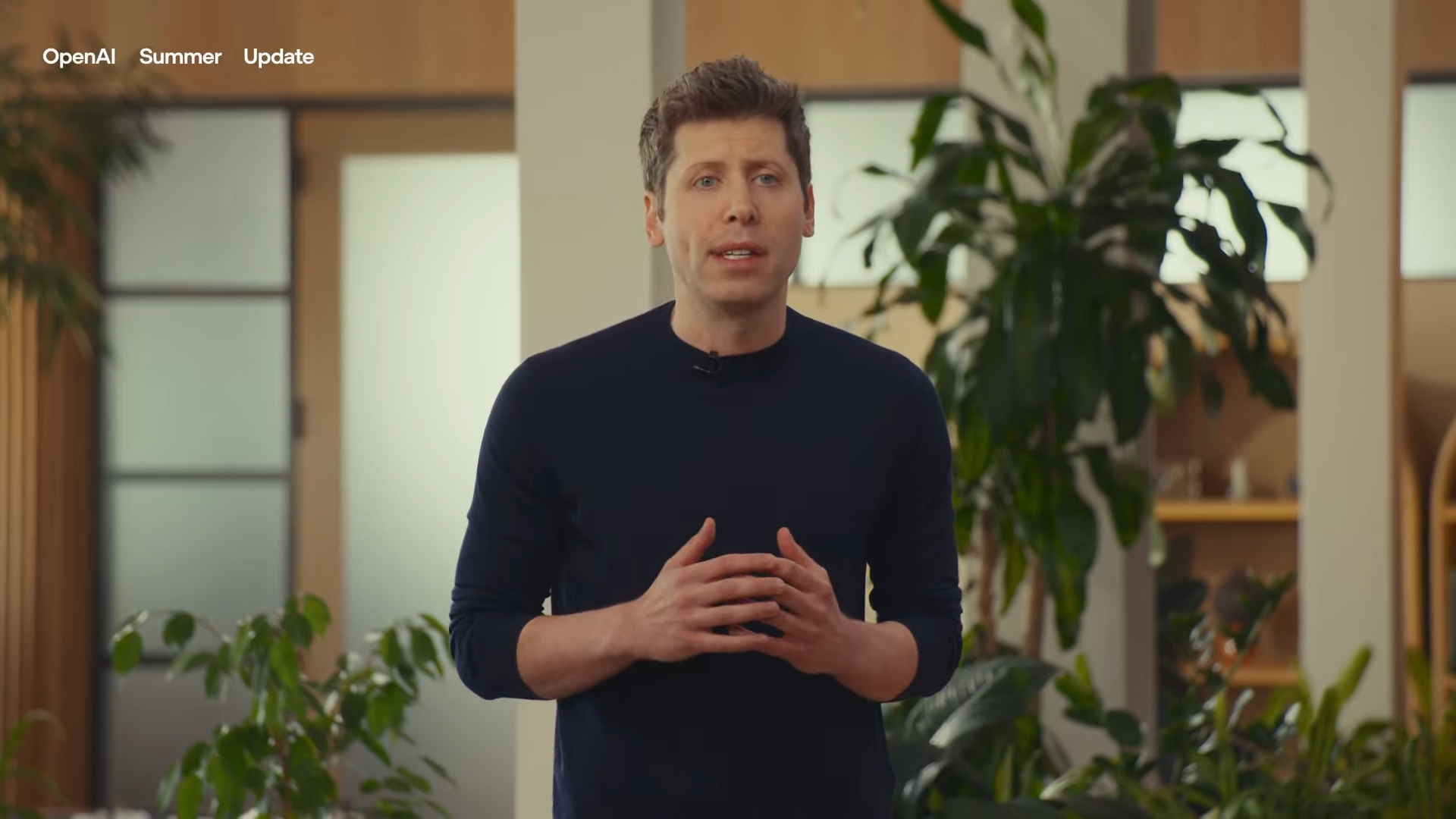
With the launch of GPT-5, OpenAI is subtly reshaping how we interact with AI. One surprising insight from the early rollout is GPT-5 won't always give the same answer to the same question.
During a demo, a member of Sam Altman’s team reportedly had to submit a prompt multiple times to land on the answer they liked best. While that might sound like inconsistency, it’s actually a reflection of GPT-5’s expanded reasoning ability and dynamic output style. Rather than delivering one fixed “truth,” the model explores multiple valid interpretations or approaches, each shaped by your phrasing, tone, context and yes, even timing.
This marks a shift in how users might think about prompting. Instead of engineering one “perfect” question, it may be more about navigating the space of possible answers, asking iteratively, experimenting with variations and refining based on the model’s evolving responses. It’s closer to a conversation than a query.
GPT-5 appears to embrace complexity, ambiguity and even subjectivity in certain situations, whether that’s generating creative ideas, writing persuasive arguments or solving open-ended problems.
This could make it more useful for brainstorming, problem-solving and collaboration. But it also means users need to be more thoughtful and exploratory in how they interact.
In short: with GPT-5, your first prompt might not be your best and that’s by design. The model is smart enough to offer new angles and insights each time. And that invites a whole new kind of dialogue between humans and machines.
ChatGPT-5 is 'a thought partner that helps you connect the dots'

OpenAI’s GPT-5 isn’t a doctor, but it may be the most helpful AI tool yet when it comes to navigating your health. With better reasoning, safer outputs, and more contextual awareness than ever, GPT-5 marks a significant leap in how AI can support patients and providers alike.
One of the biggest upgrades with this model is the proactive assistance. GPT-5 doesn’t just wait to be asked, it’s more likely to flag potential issues, ask follow-up questions and help you prep for real-world scenarios, like an upcoming doctor’s appointment. Whether you need help understanding test results, exploring treatment options, or deciding what questions to ask your provider, GPT-5 aims to guide you without overstepping.
The model has also greatly improved in how it communicates. It adapts to your knowledge level and location. This means you’re more likely to get answers that are clear, relevant and aligned with the standards in your region. That’s a big deal in healthcare, where one-size-fits-all advice often doesn’t cut it.
And importantly, GPT-5 was trained with safety top of mind. It’s more likely to respond with appropriate caution, avoid unsupported claims, and steer users toward seeing a medical professional when necessary.
Reminder: ChatGPT and GPT-5 do not provide medical advice and are not substitutes for professional care. Always consult a licensed healthcare provider with medical concerns.
GPT-5 just became your smartest coding partner yet — here’s how

GPT-5 is a full-on transformation of how developers can work with AI. The new model excels in agentic coding, which means it’s more autonomous, more collaborative, and far better at reasoning through complex tasks.
Smarter task planning
Ask GPT-5 to build a budgeting app, and you won’t just get code snippets. You’ll get a project structure, suggestions for backend and frontend frameworks, auto-generated modules, and even documentation explaining why it made certain decisions.
Real tool integration
Free-form function calling allows GPT-5 to pass raw SQL queries, shell commands, or config files directly to tools without the rigid JSON formatting older models required. That opens the door to seamless tool use and API integration.
Debugging and repo analysis
With a 256K token context window, GPT-5 can now ingest and understand huge codebases. It can spot bugs across multiple files, suggest fixes line by line, and explain its reasoning step-by-step, making it feel less like autocomplete and more like a senior engineer.
Control over its ‘thinking’
Developers can now toggle between fast responses or deeper analysis using new “verbosity” and “reasoning effort” controls. You decide how much cognitive effort GPT-5 applies.
Frontend finesse
Need UI help? GPT-5 can design clean, functional interfaces, even in React or Tailwind with or without your design guidance.
Bottom line: GPT-5 helps you code smarter, with clearer reasoning, better structure and real-time collaboration. For developers, it’s less chatbot, more teammate.
OpenAI wants GPT-5 to design aesthetic front-end code
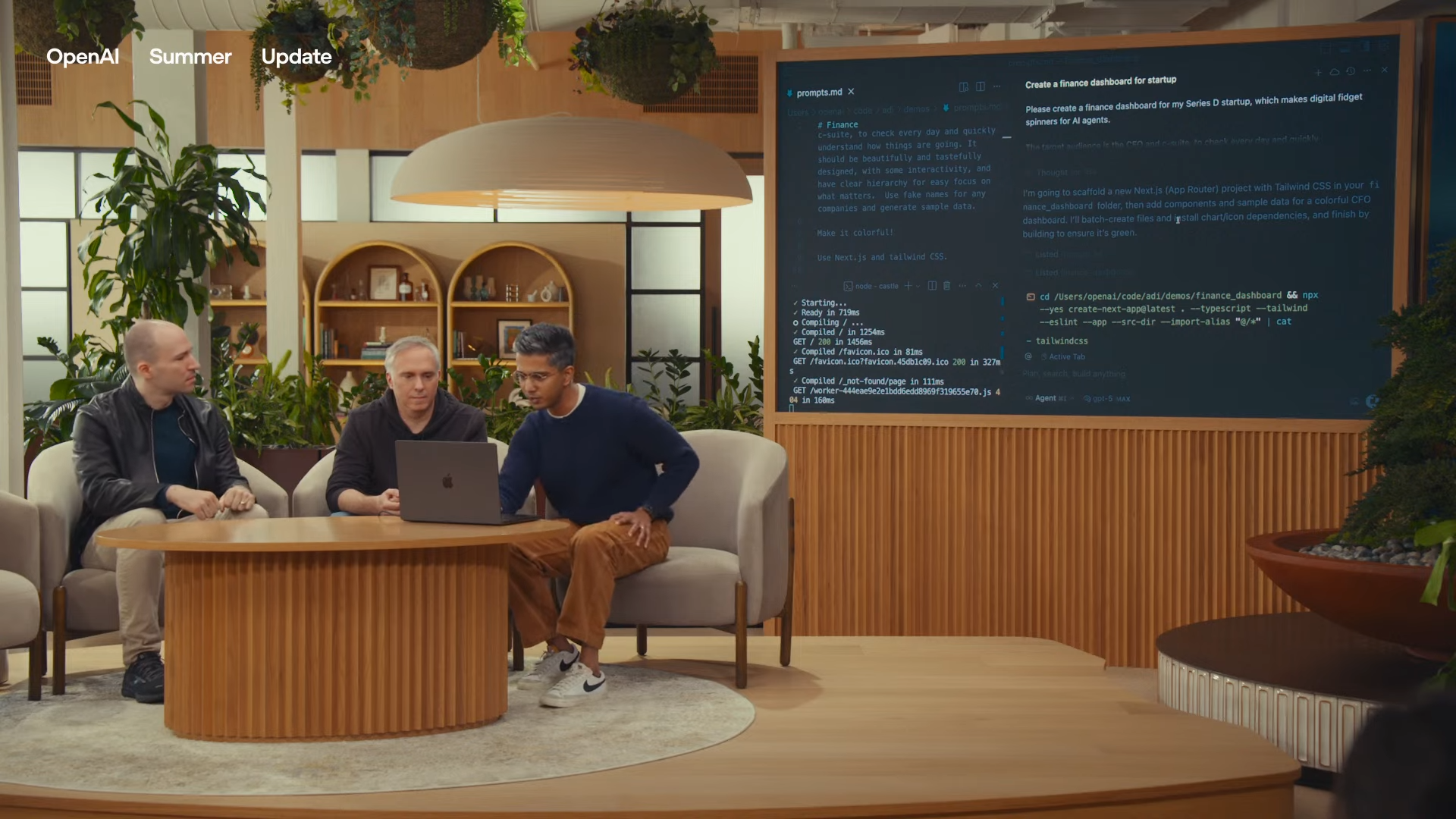
Need UI help? GPT-5 can design clean, functional interfaces, even in React or Tailwind with or without your design guidance.
During the livestream, OpenAI said that GPT-5 understands details with less specific prompts and seeing how it creates aesthetically pleasing user interfaces.
Allegedly, it's default aesthetics are already great, but this was said by people who aren't UI designers.
GPT-5 can create simple games
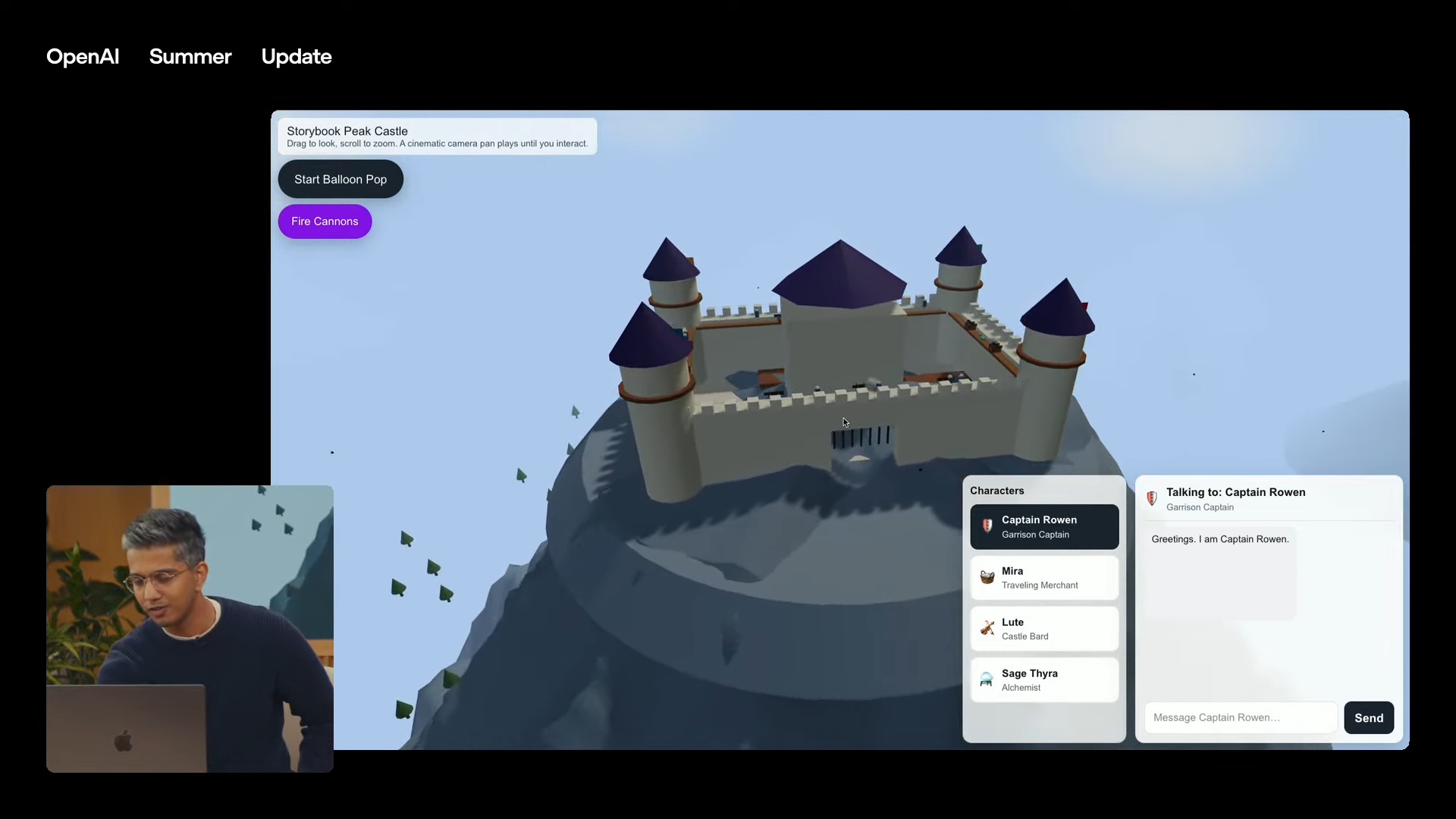
Still on the aesthetic front, GPT-5 can create simple games using precise prompts.
In the livestream, the demo showed a castle with NPCs you can chat with while trying to pop balloons with sound effects.
The livestream is over, but stay tuned
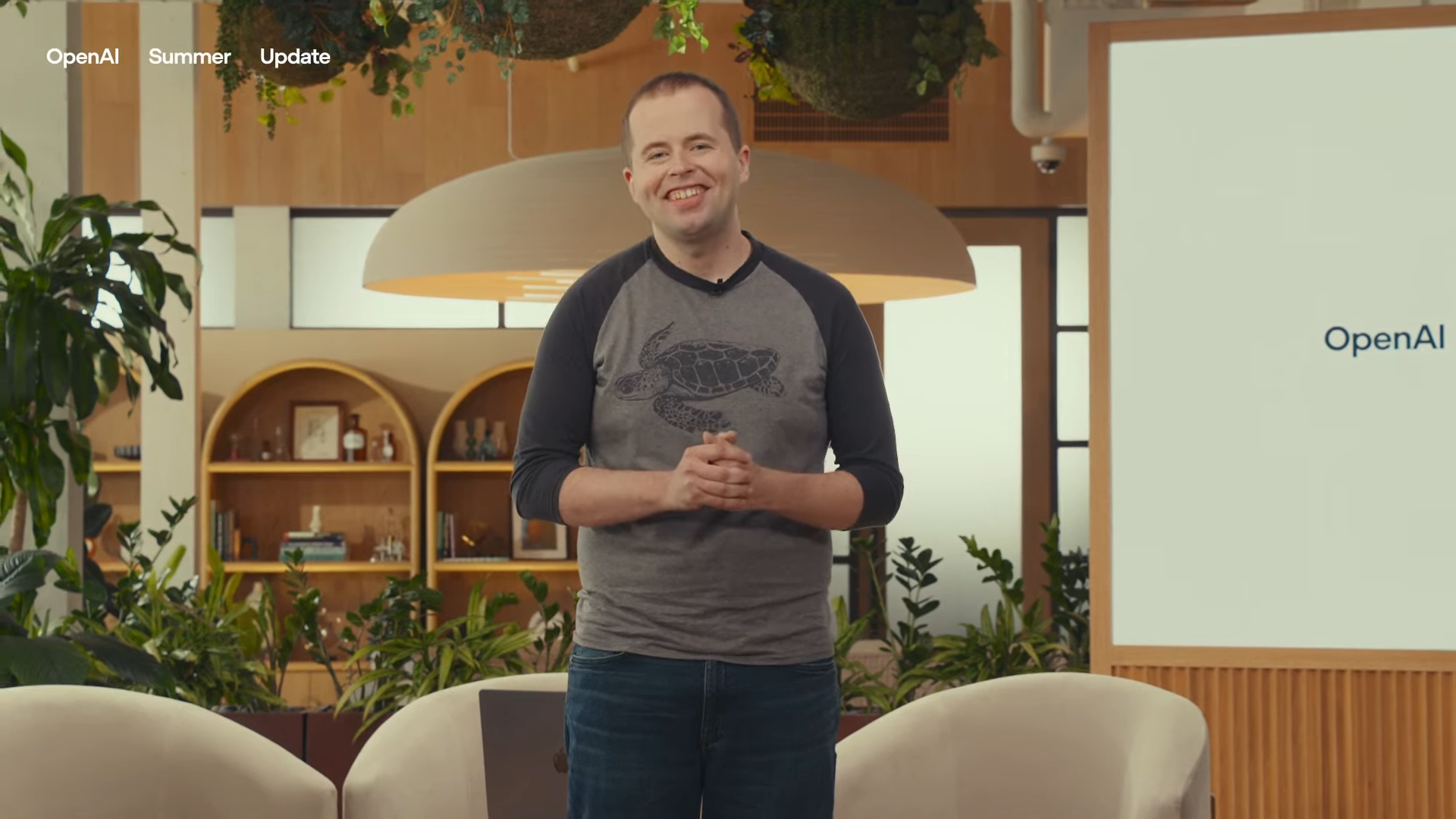
OpenAI's ChatGPT-5 announcement livestream is now over as they "get back to sailing."
But don't click away. We're diving into everything the AI company announced today and will be providing you with analysis, prompts, and deeper looks what GPT-5 is bringing to the table and how it will work beyond just coding and vibes.
We'll share some of that here and in separate articles and videos in the coming days.
When is GPT-5 releasing?
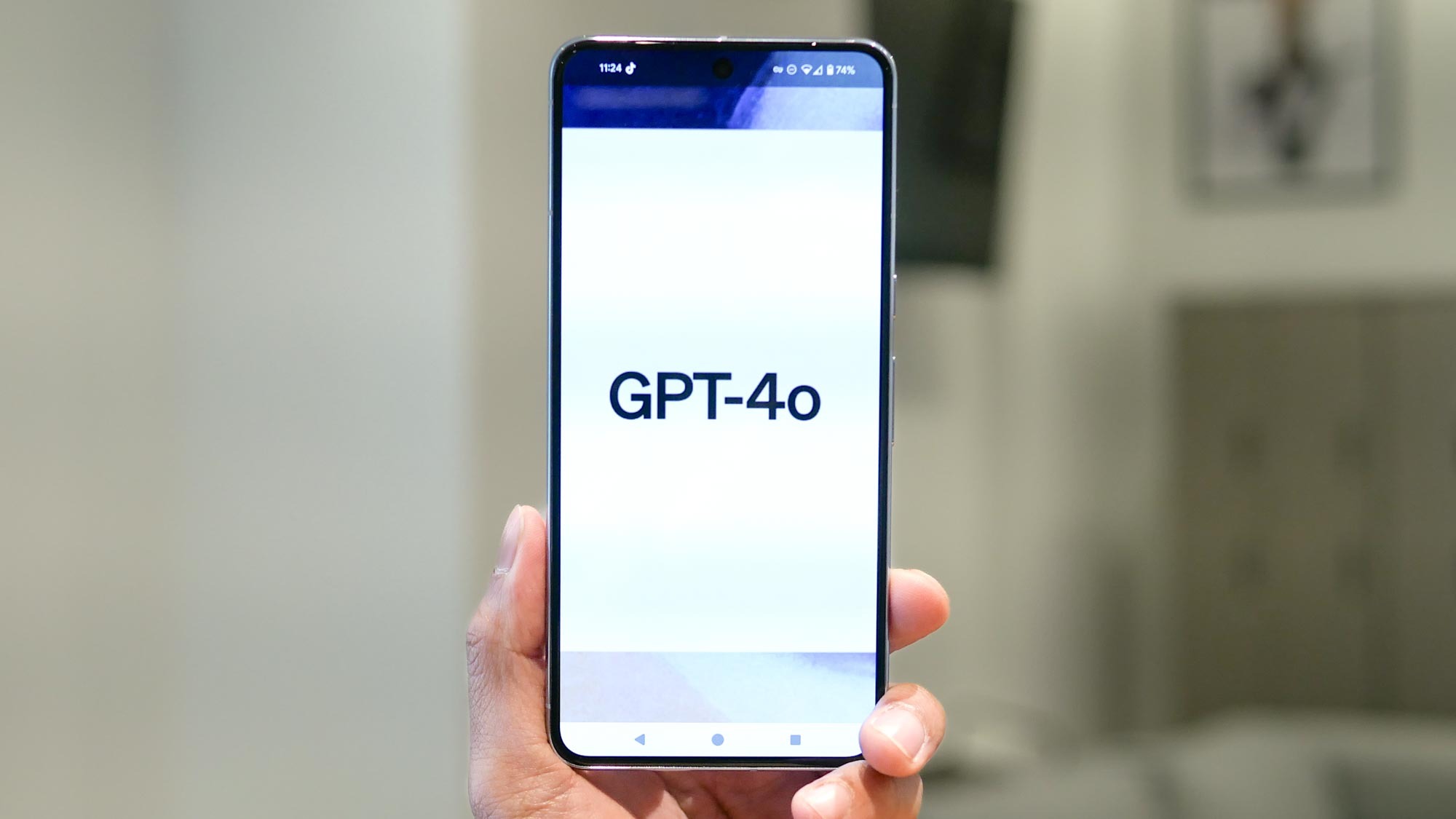
The newest GPT model is supposed to be available today, but my colleague Amanda Caswell has GPT Plus but hasn't been able to access the new model even with logging out and back in.
We're not clear on when exactly GPT-5 will be available to everyone as promised.
We'll update once we have more information.
There is a link on the OpenAI site asking you to try it out, but I found that asking GPT which model I'm using told me that it was still on GPT-4o.
The 7 biggest upgrades you need to know about

With GPT-5 finally arriving, it comes with a number of big upgrades.
We've outlined the seven biggest upgrades coming to ChatGPT.
- Faster
- Big leap for coding and workflows
- Customization and voice upgrades
- Google connectivity
- Smarter, safer and more proactive
- Smarter health conversations
- Everyday writing
5 Upgrades you should try first
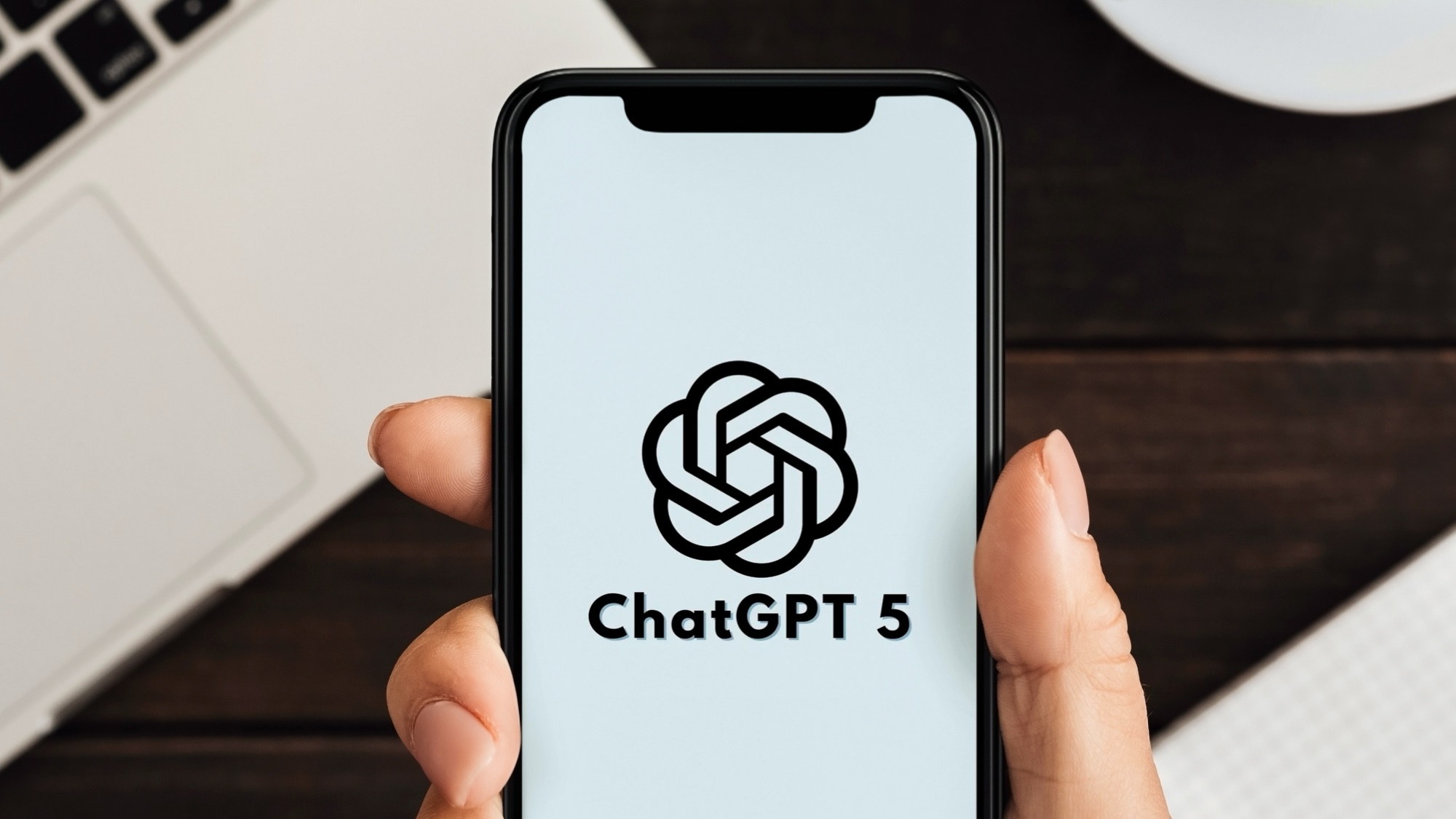
GPT-5 is a huge leap forward for OpenAI's main AI model and its designed to be more helpful, aligned and human than ever.
So, what should you do first?
We've put together a guide to the five features you should try with GPT-5 first.
Keep following Tom's Guide for GPT news
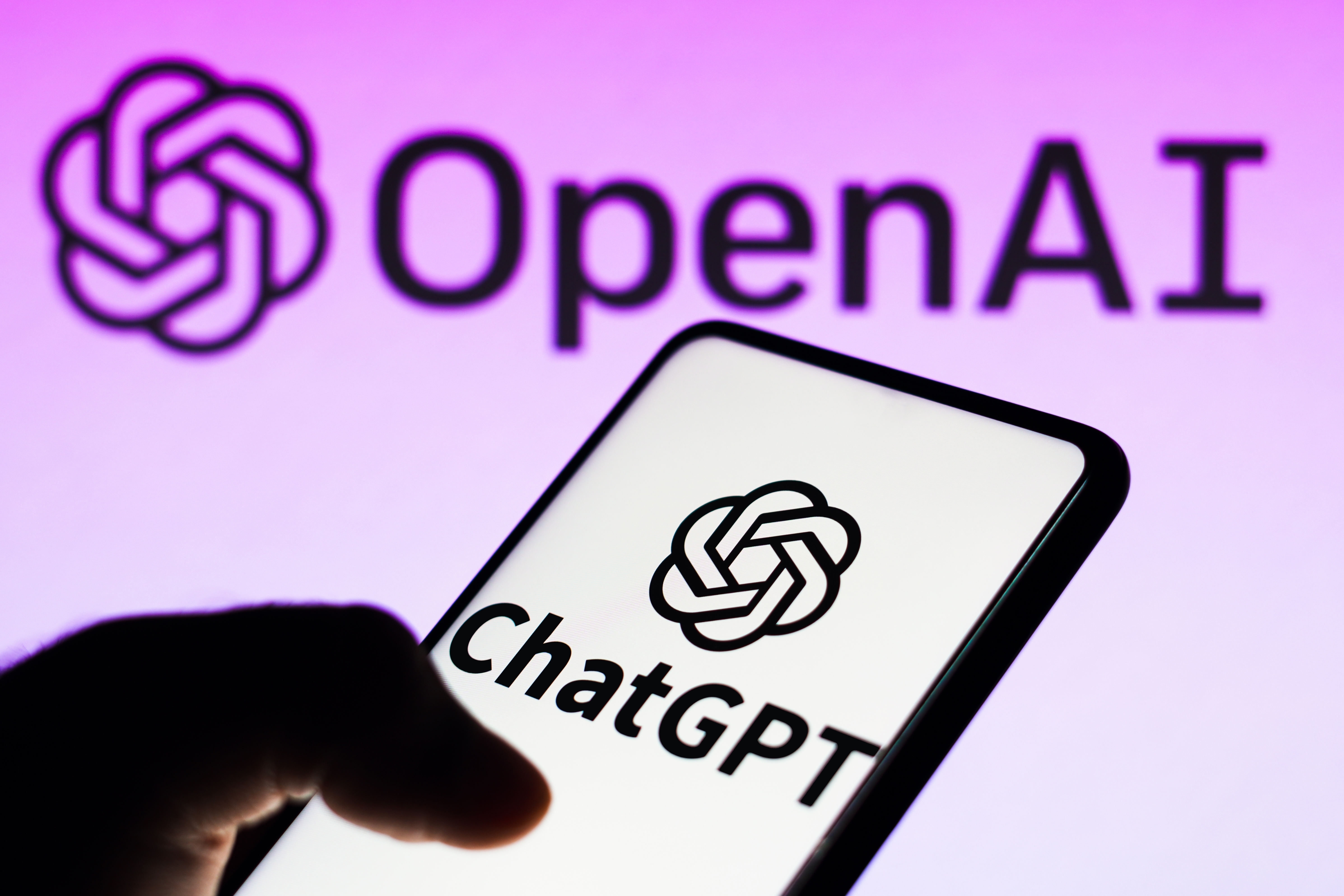
OpenAI has revealed a ton of new models and information in the last few days. We're digging through all of it and working hard to provide you with the information you need to parse out everything the company has revealed.
Keep a Tom's Guide browser tab open so you can be informed about the big moves regarding ChatGPT and all of OpenAI's products.
Now that all of the news is live, we've started thinking about where GPT-5 stands. More importantly, how does it compare to GPT-4?
It's faster and more efficient, it is better at coding, writing, and health advice, and, arguably most importantly, it's safer than ever.
That means fewer hallucinations, more safety protocols, and a more advanced system for avoiding the model being used inappropriately.
That might not be as exciting an update as a lot of people were hoping for, but it is future-proofing ChatGPT, making it a safer model as it goes on to do more tasks.
GPT5 is horrible from r/ChatGPT
Not everyone seems too impressed with GPT-5 so far. On Reddit, there has been some backlash to the experience so far.
Many people in the ChatGPT Reddit forum believe the model is worse than before, and complain that they can't even go back to using one of the old models because of the way GPT-5 now picks models for you.
However, there has also been plenty of praise online for the experience so far. This is about as early into testing as you can get so there are bound to be some hiccups along the way.
One prediction that we heard a lot about in the build-up to GPT-5 was an update to Sora. Someone saw a hint to Sora 2 in leaked code, but, now that the model update is here, it is nowhere to be found.
In fact, there was surprisingly little talk of updates to either AI image or video generation with GPT-5. This isn't the end of the world by any means, but it does seem surprising. As more and more companies venture into those worlds, ChatGPT is likely to fall behind if nothing happens.
While it continues to be a great chatbot for image generation, its video capabilities just don't quite match up to the competition.
You must confirm your public display name before commenting
Please logout and then login again, you will then be prompted to enter your display name.

